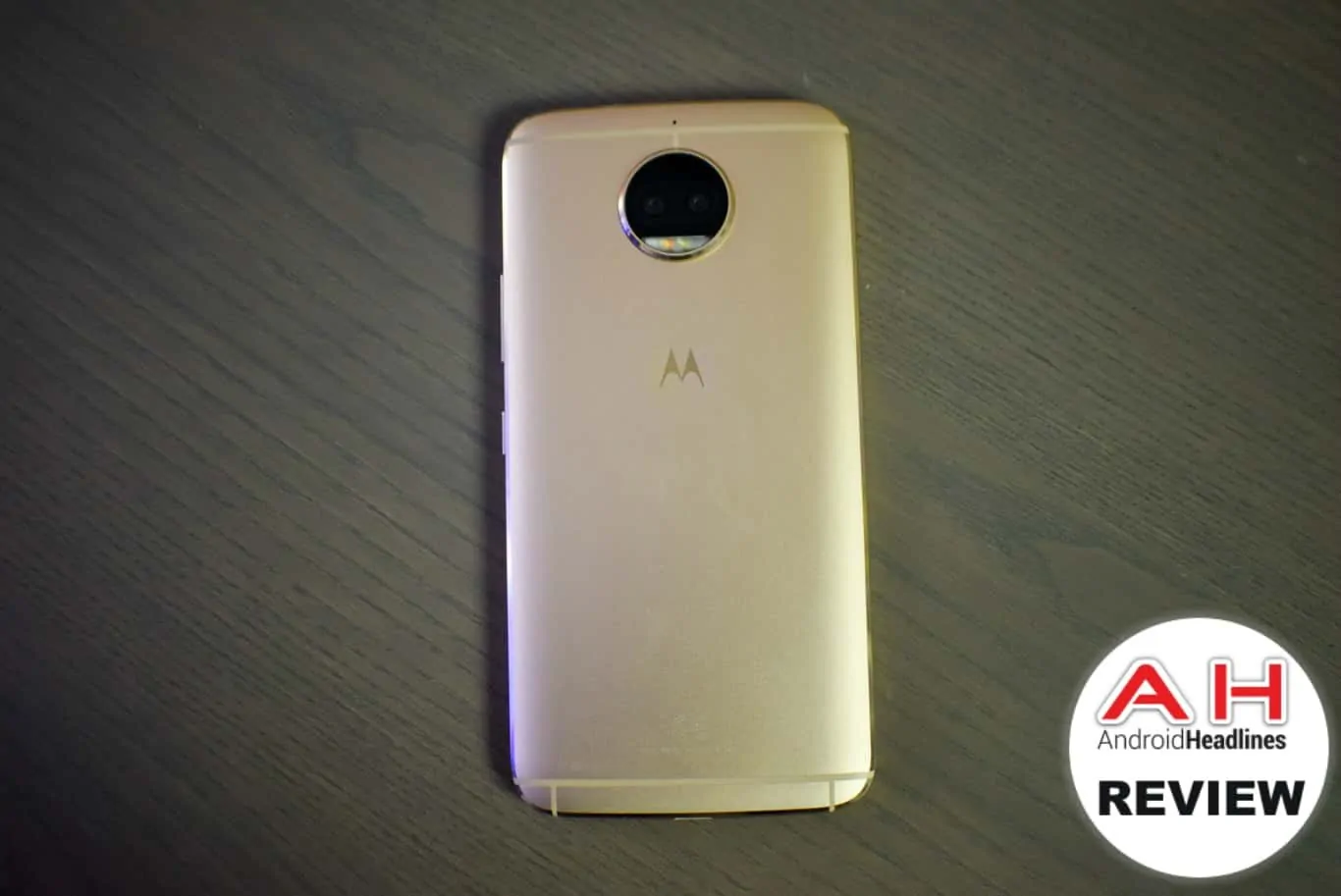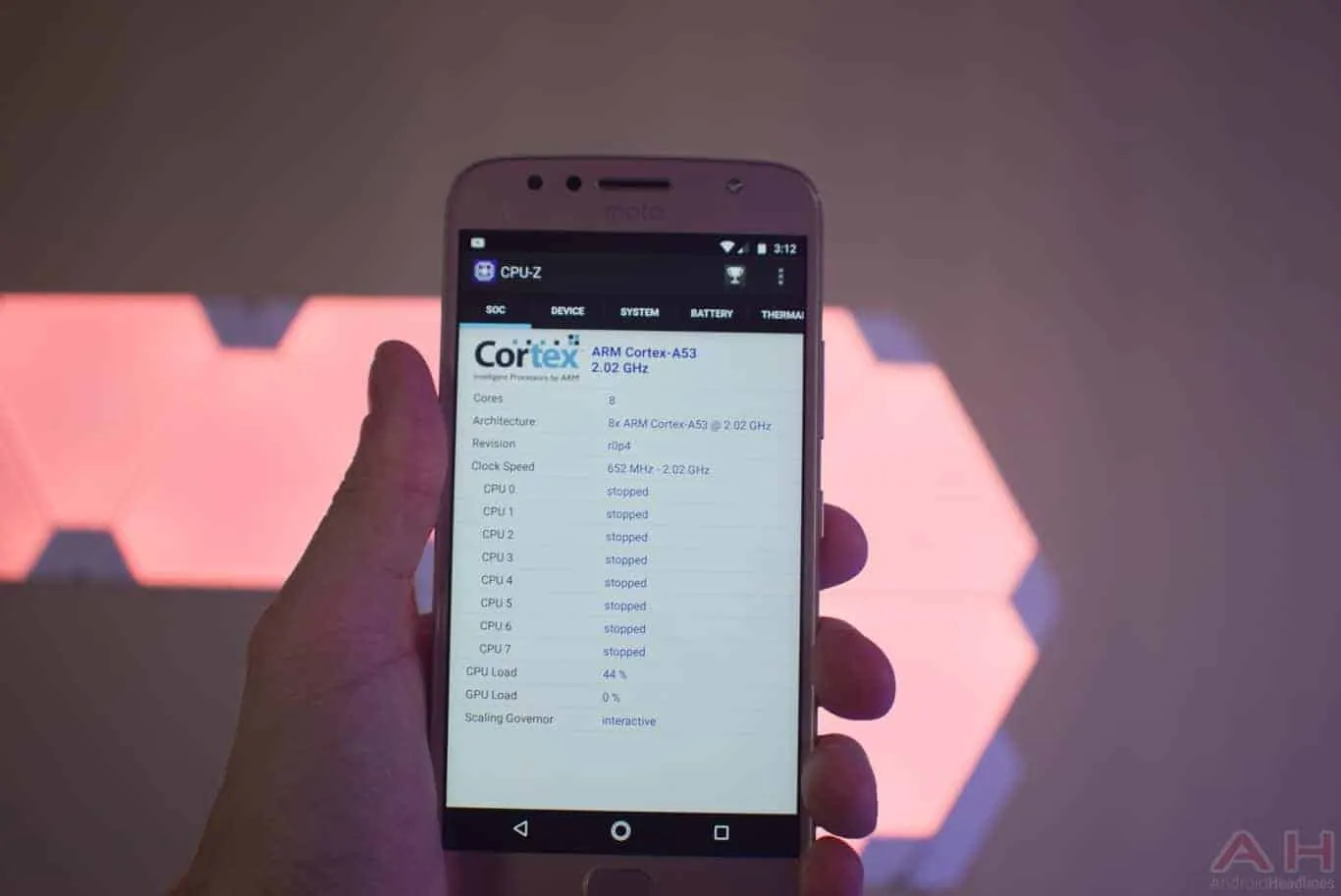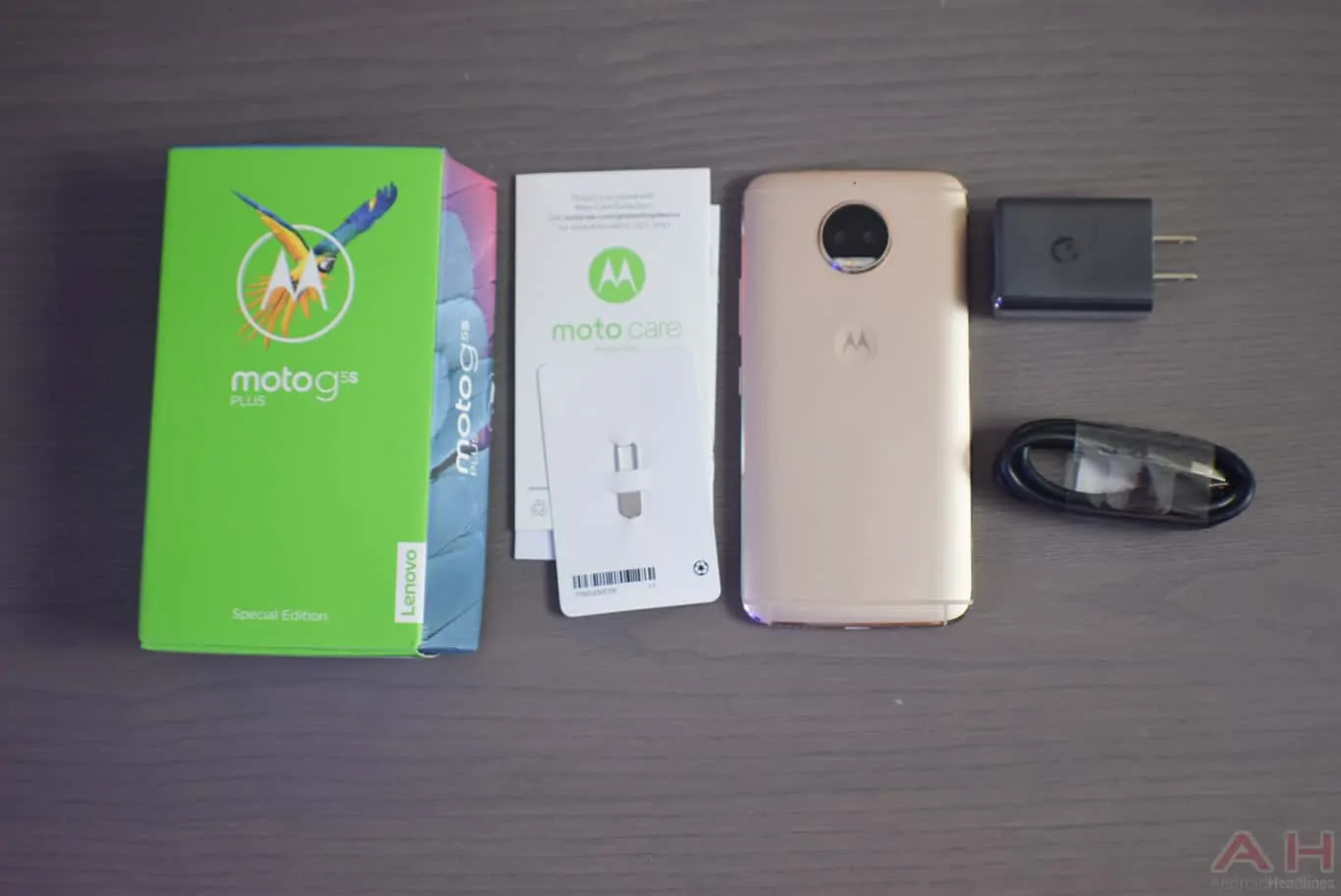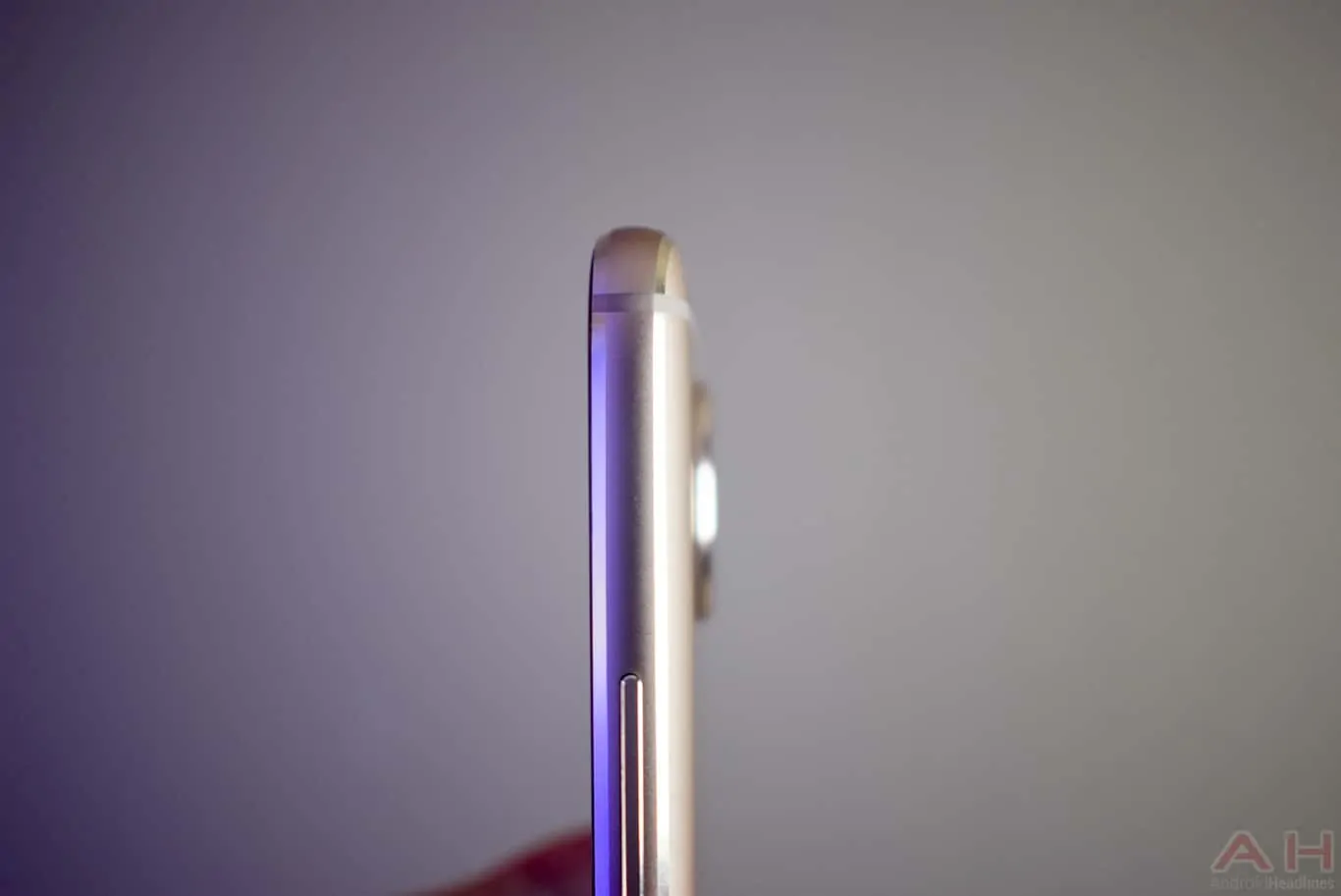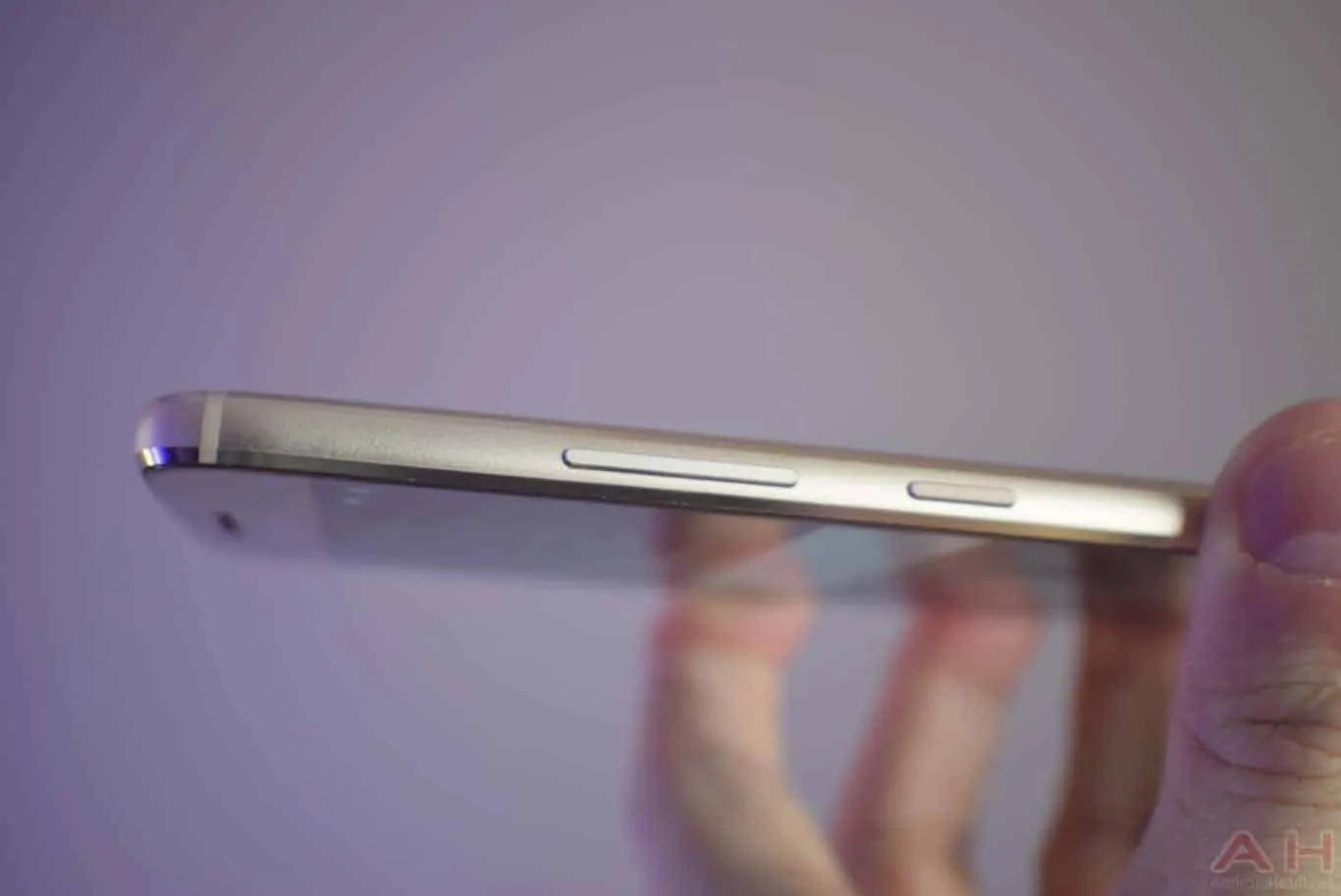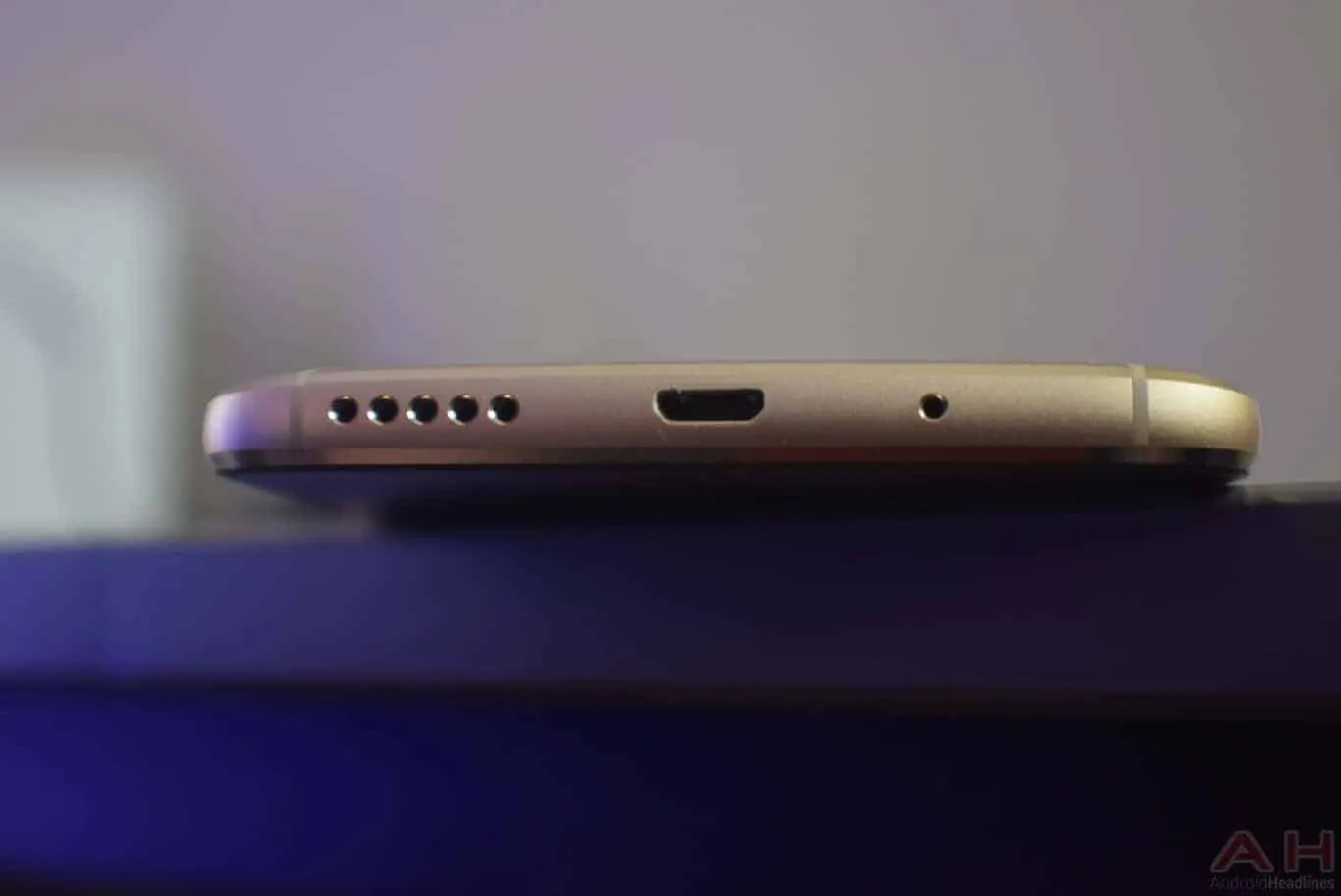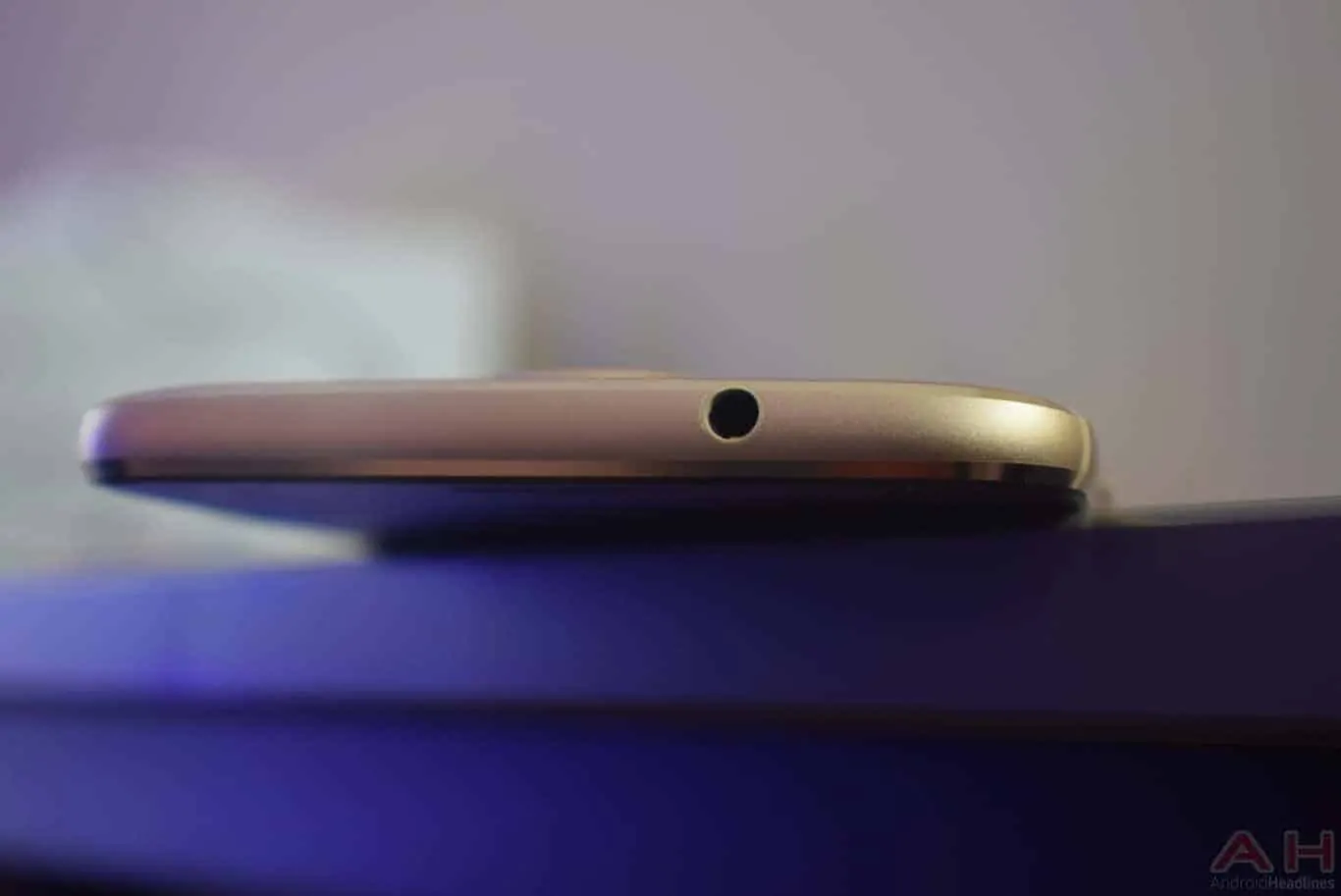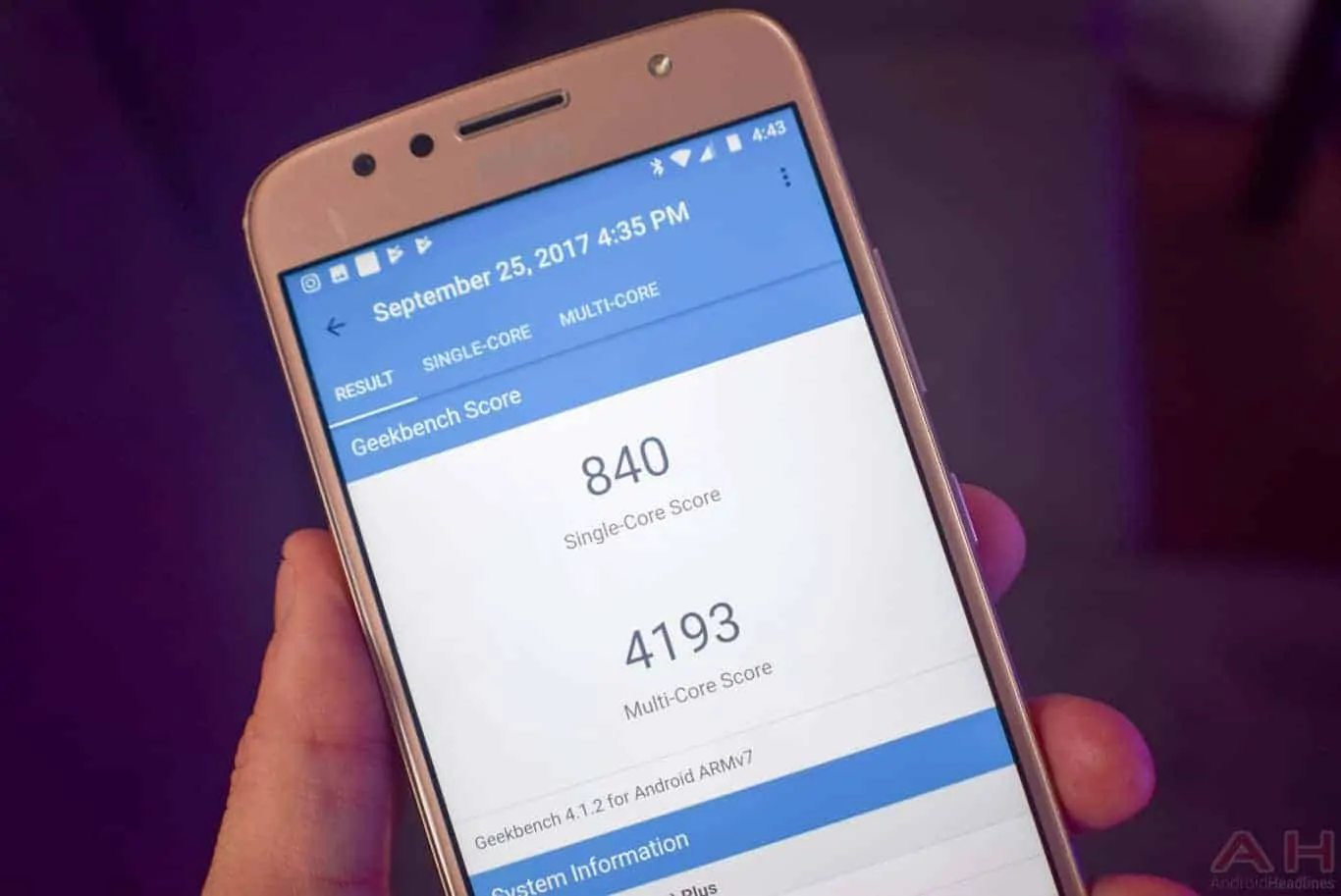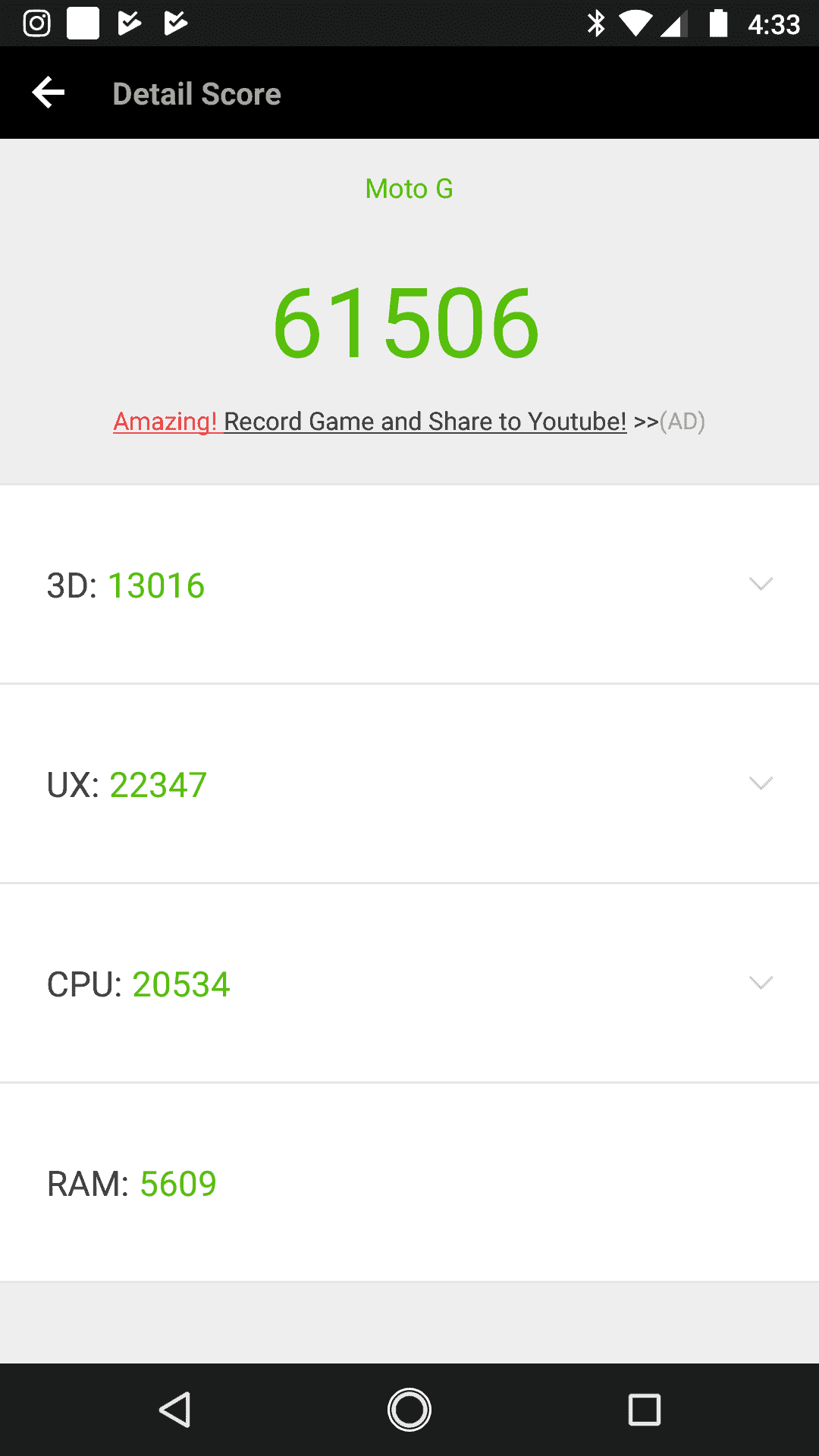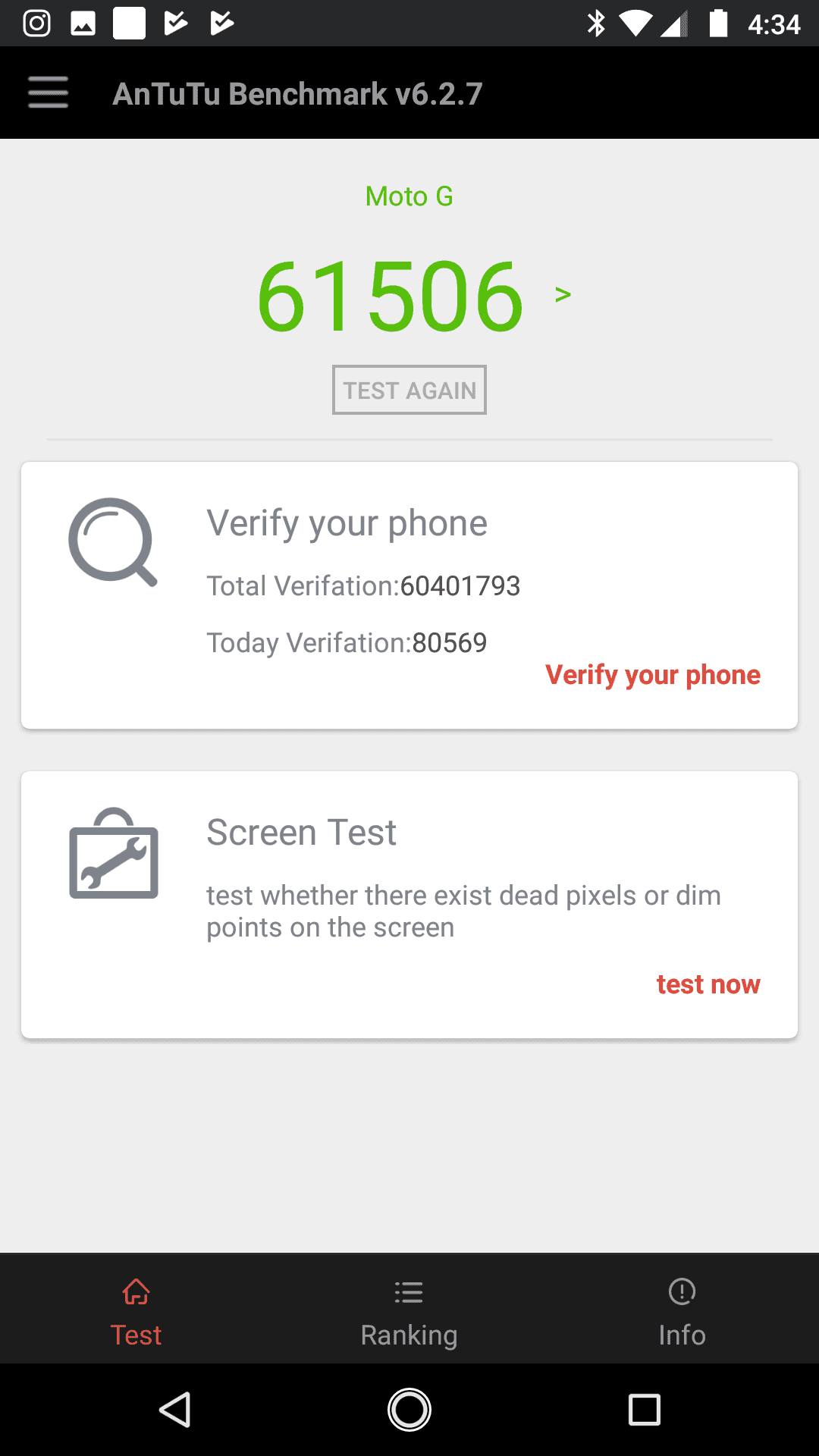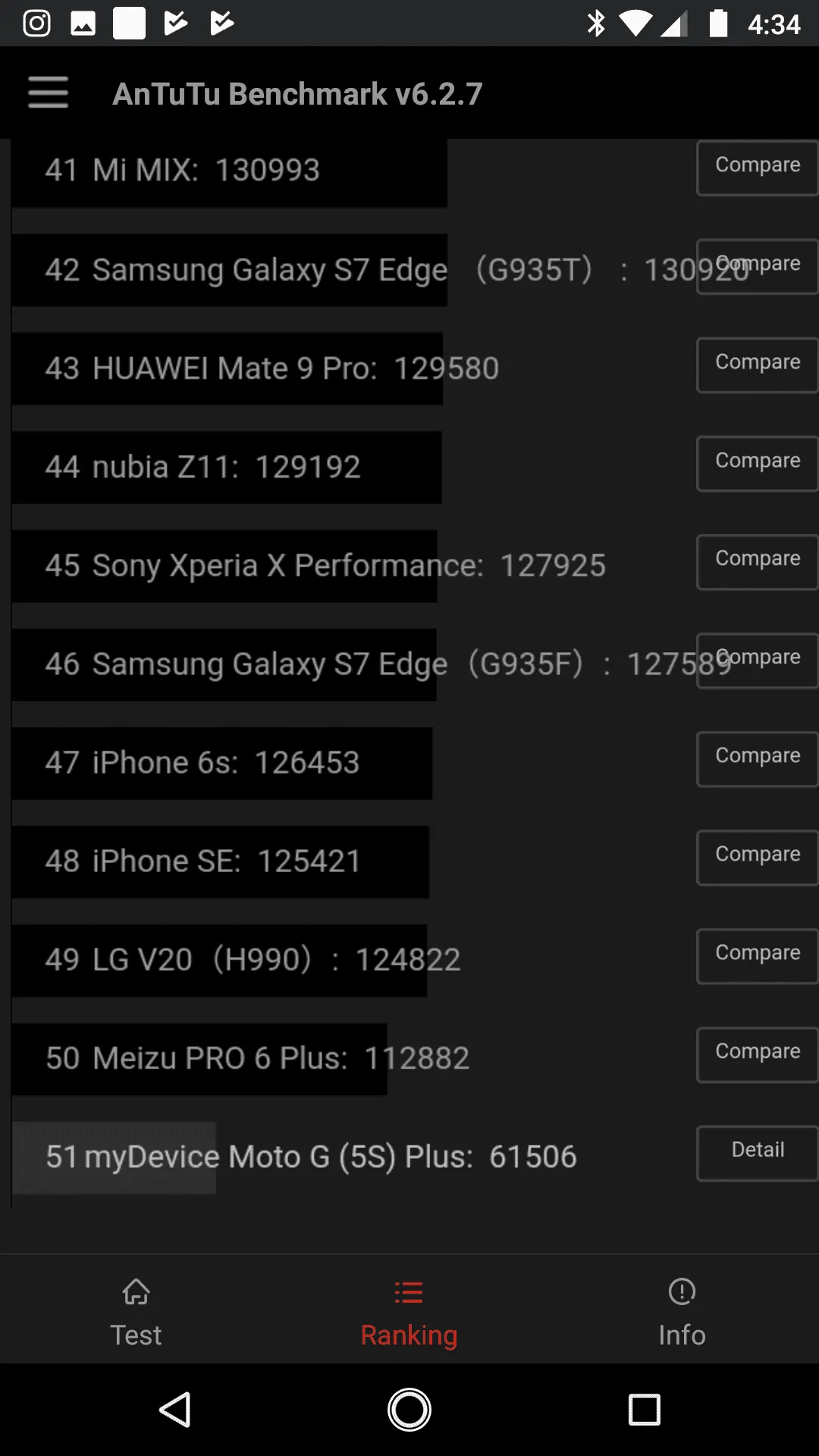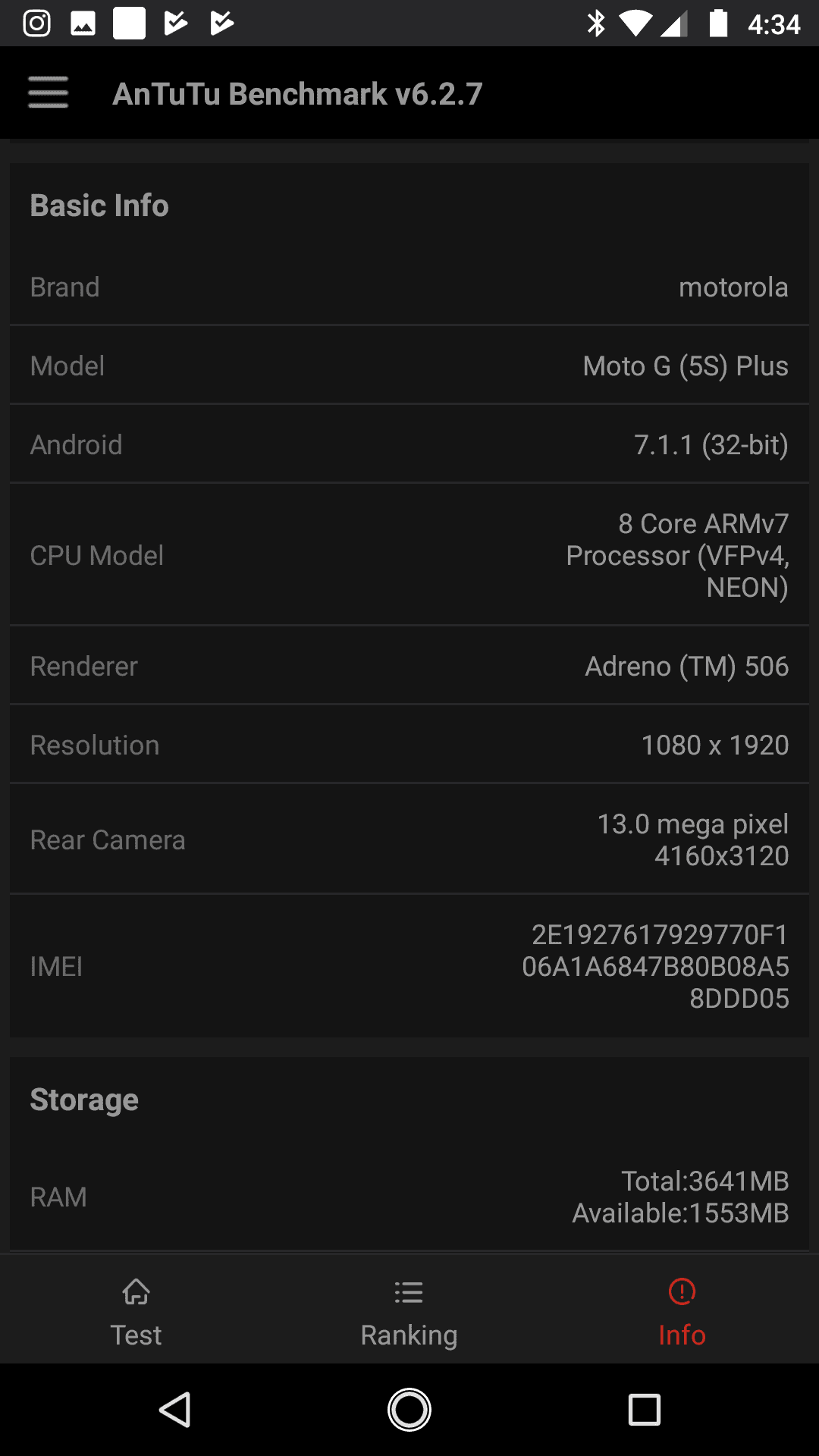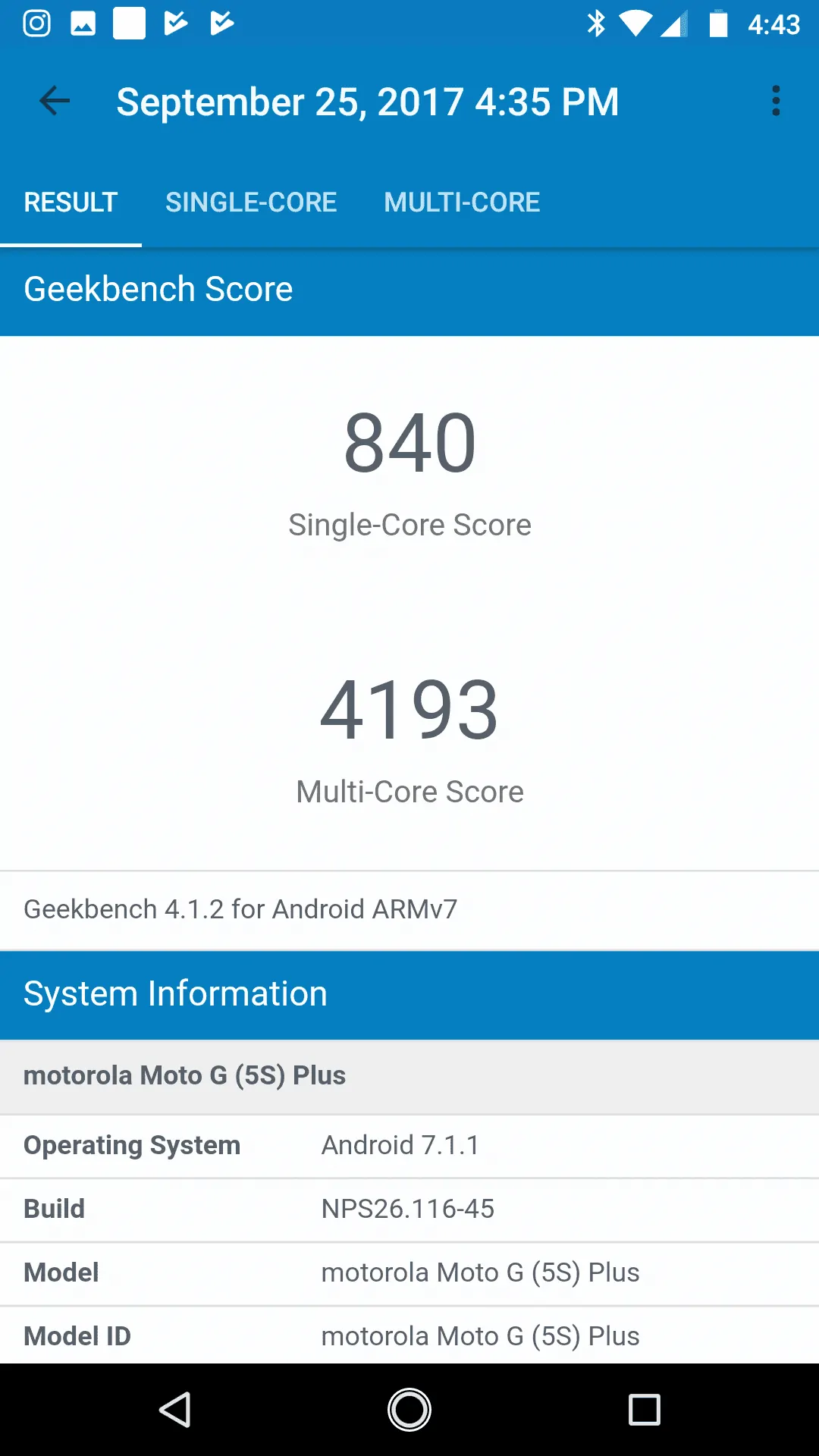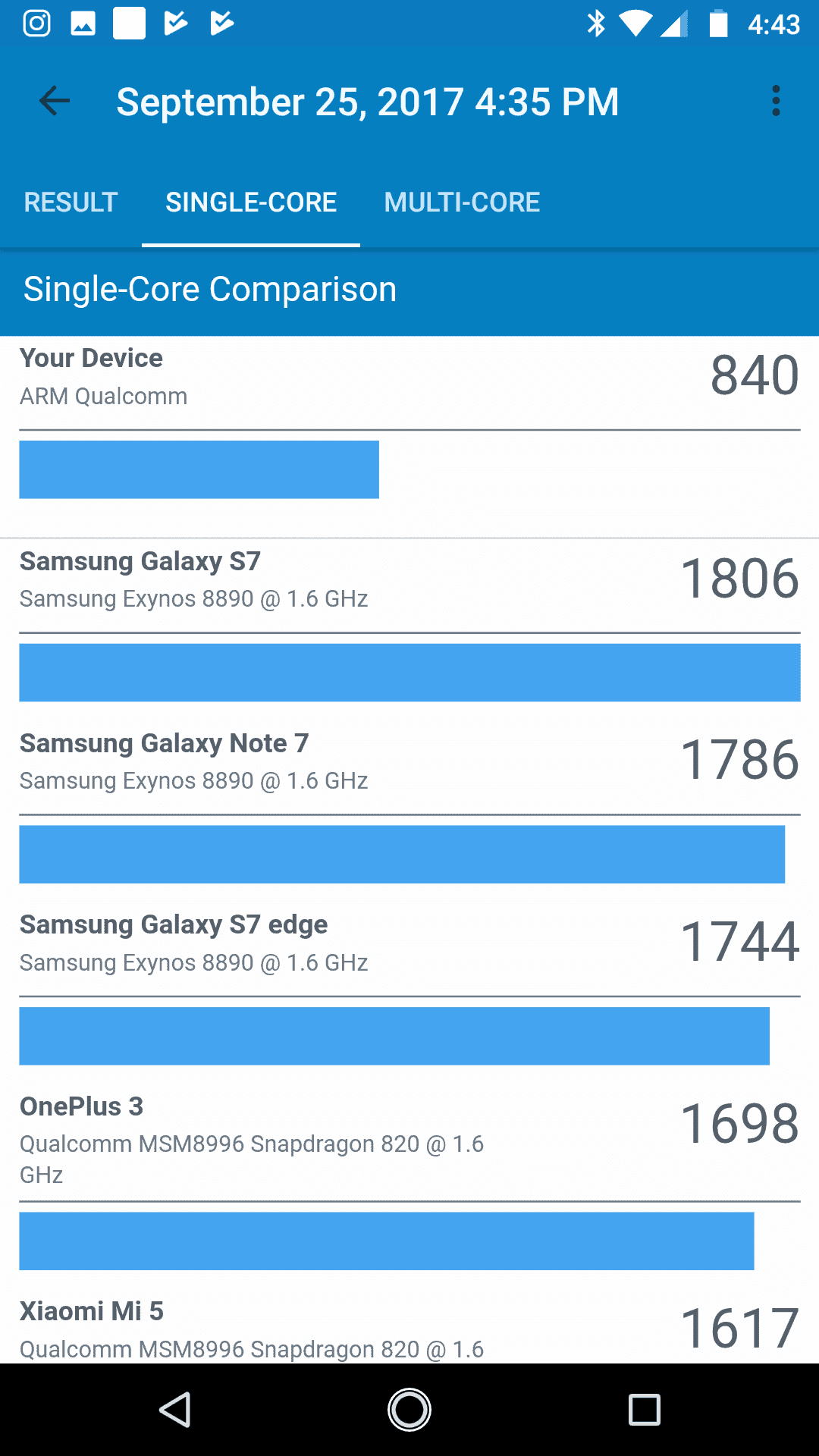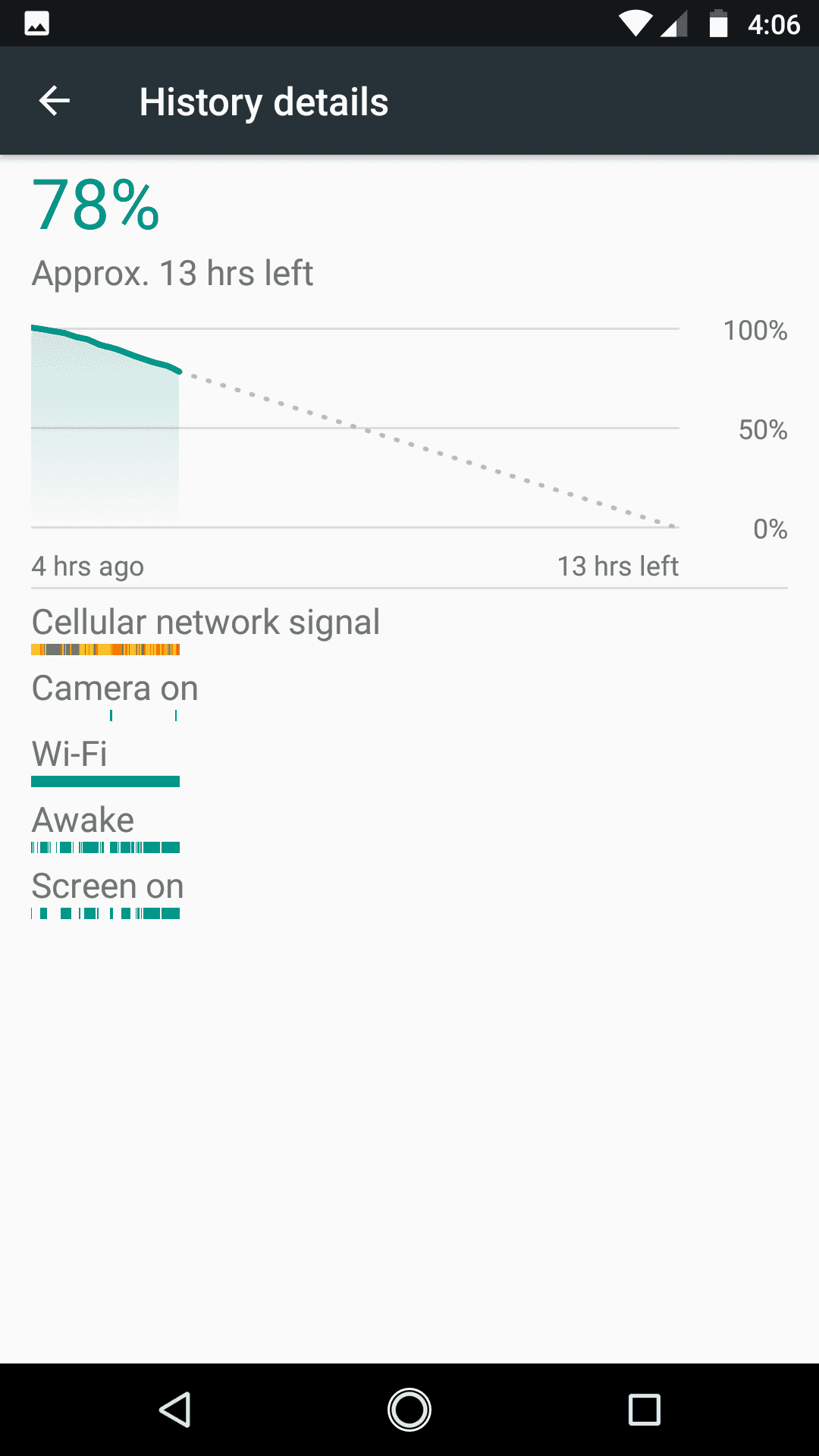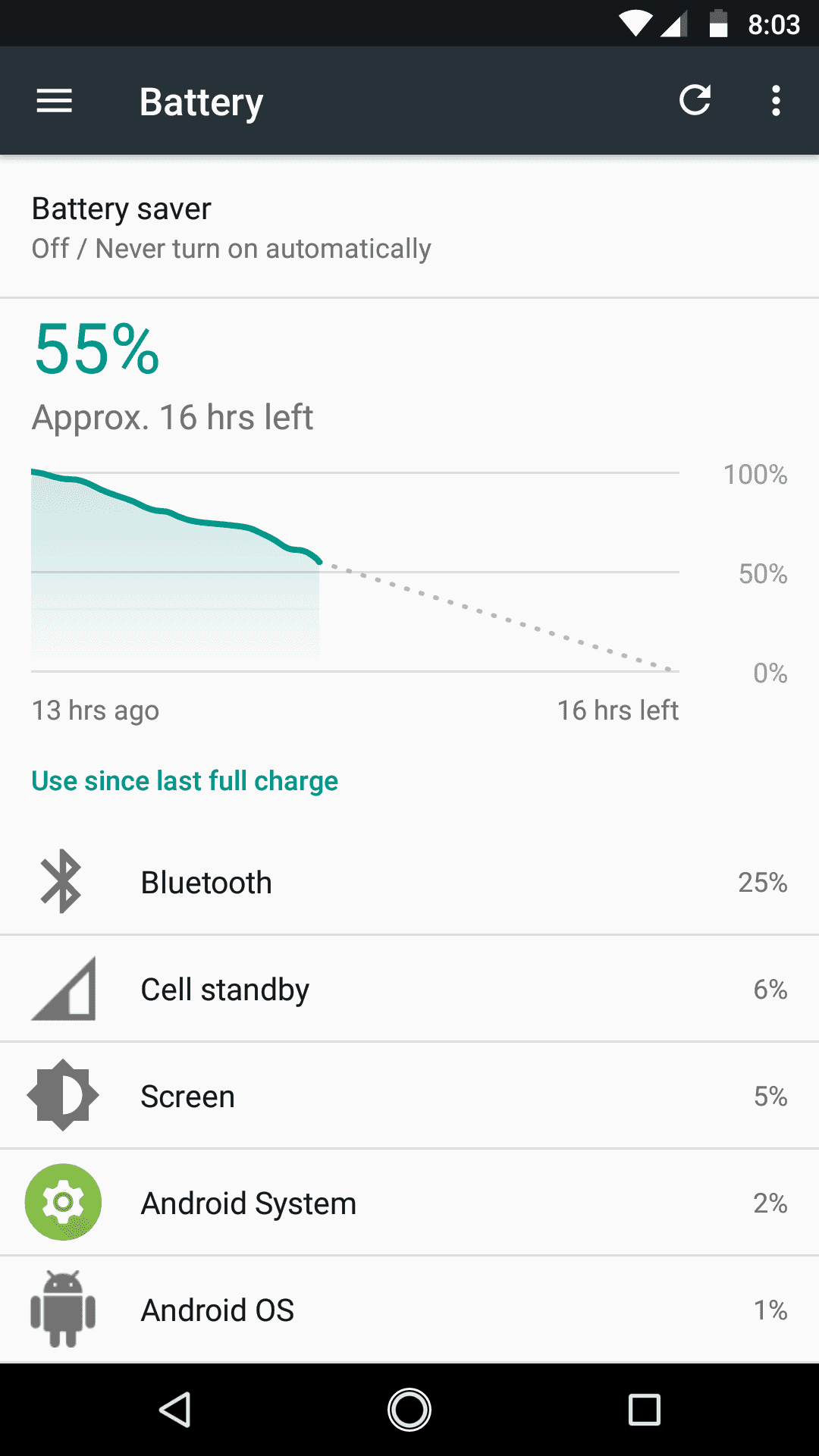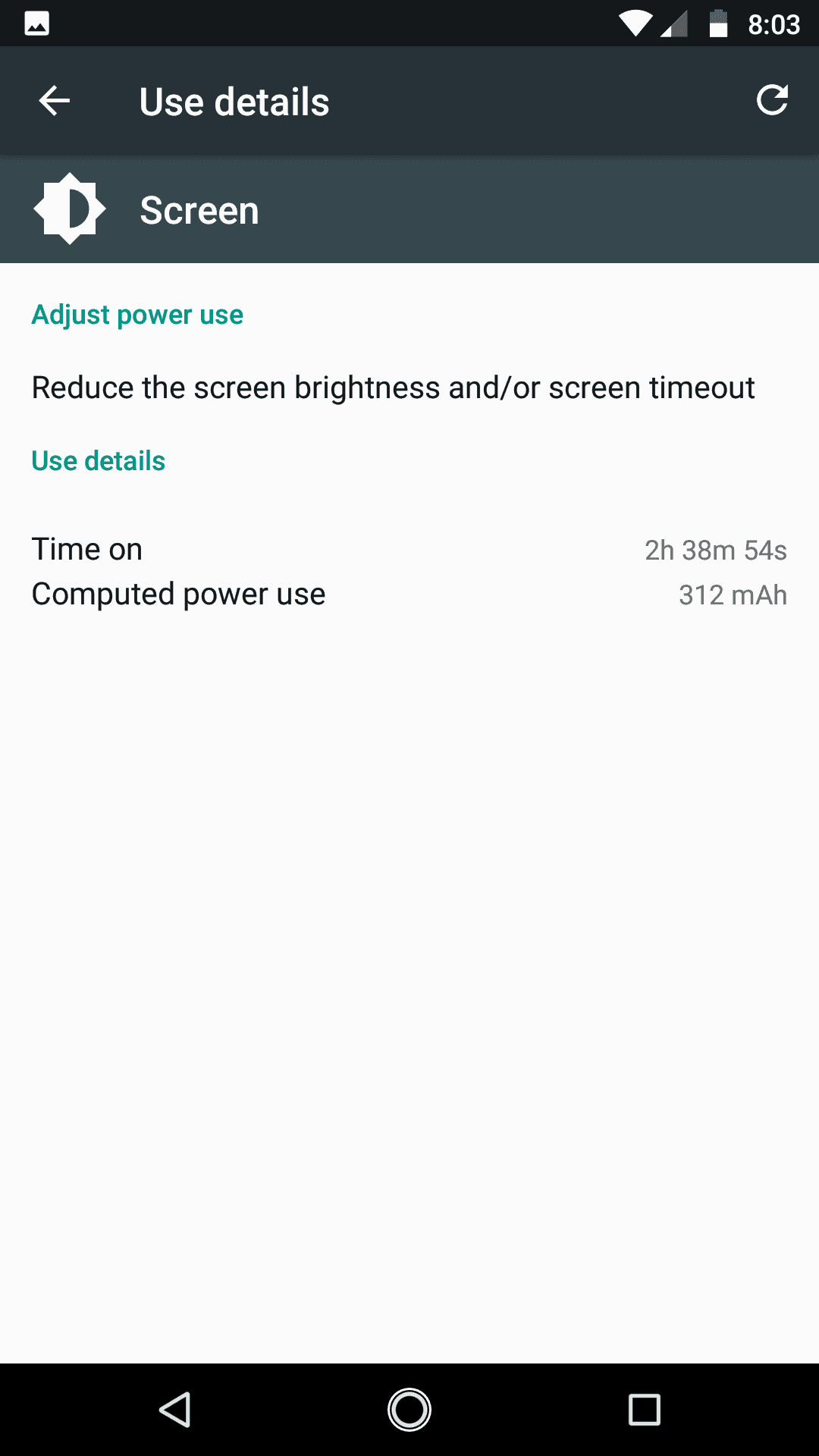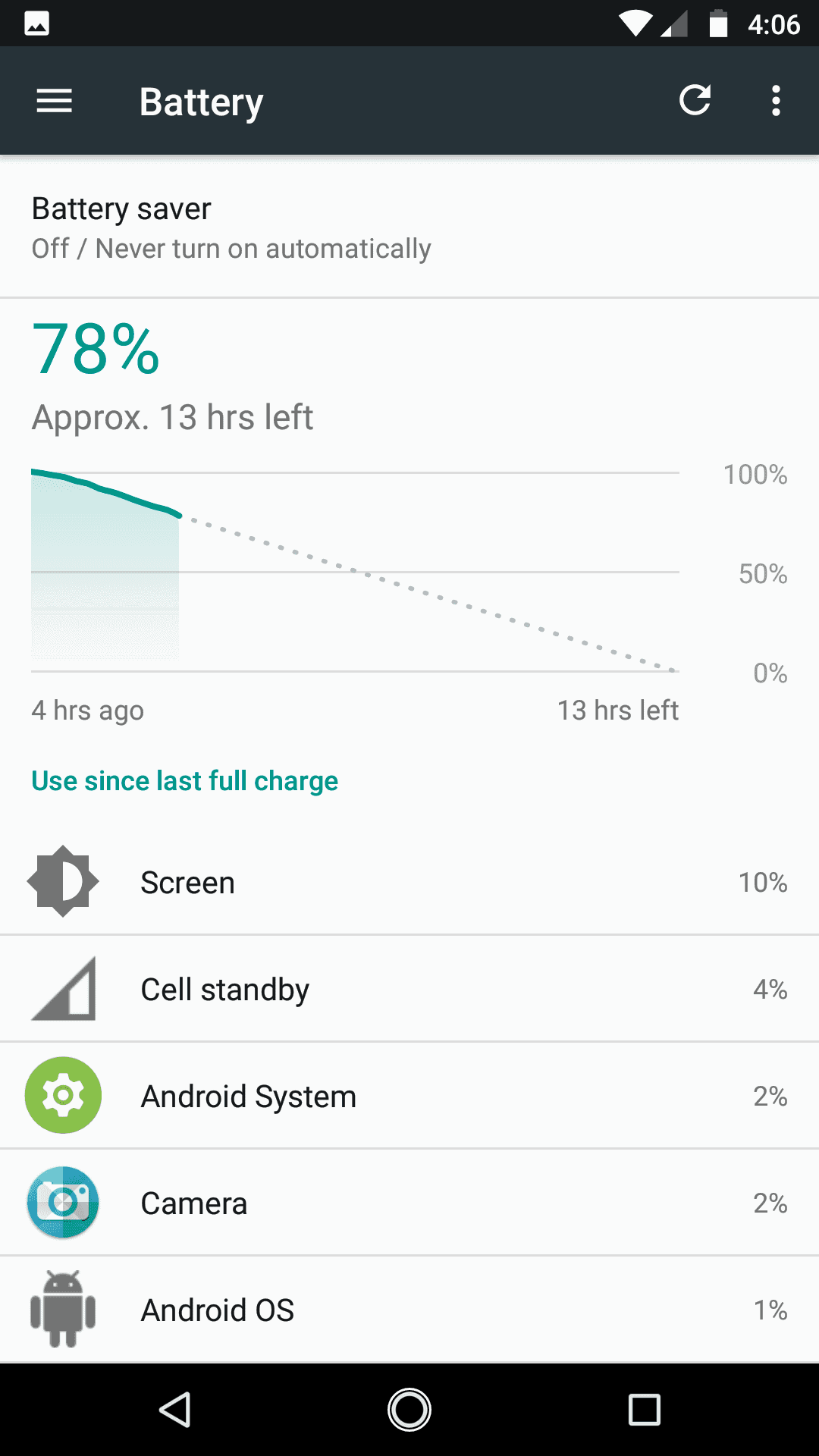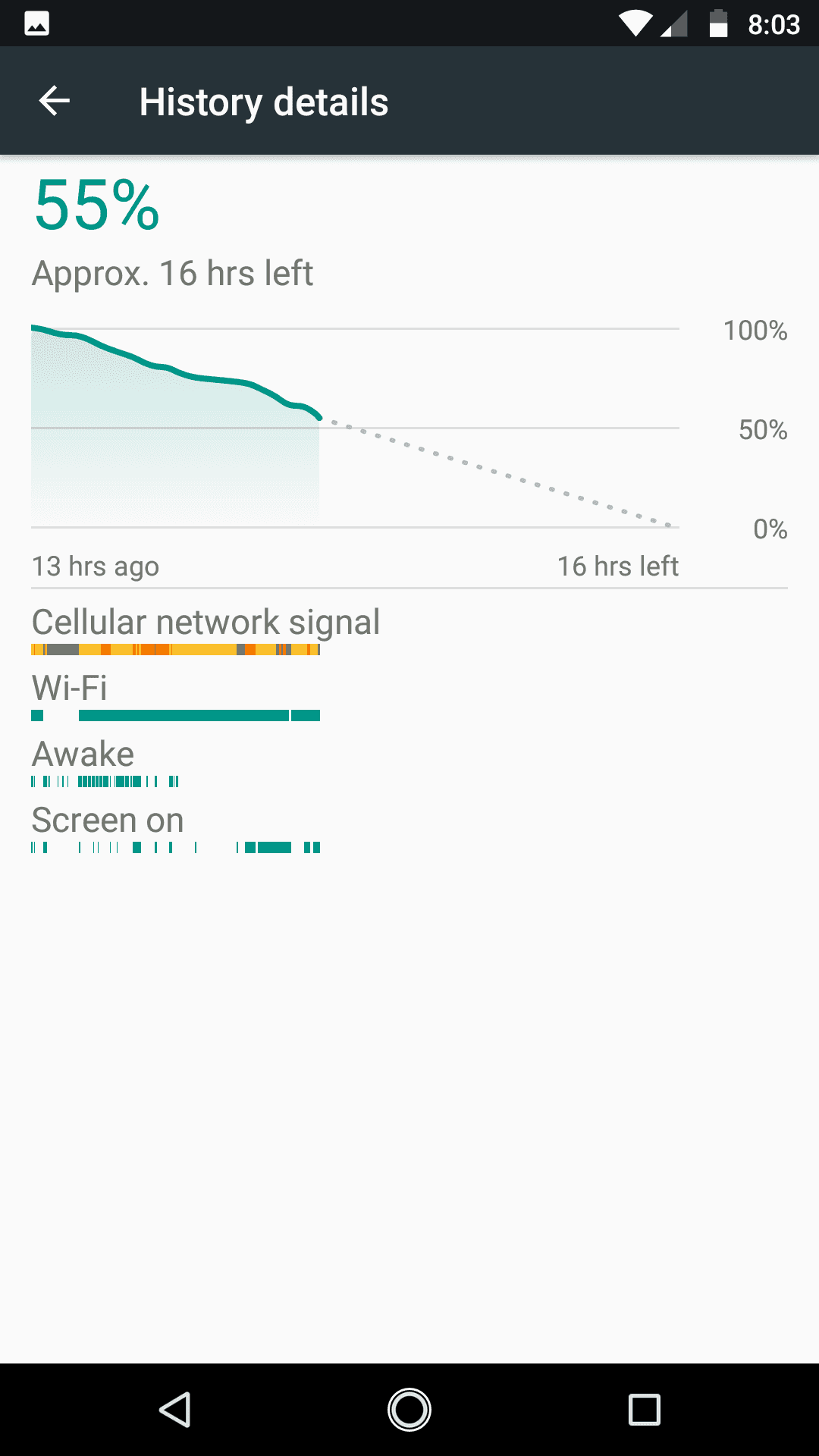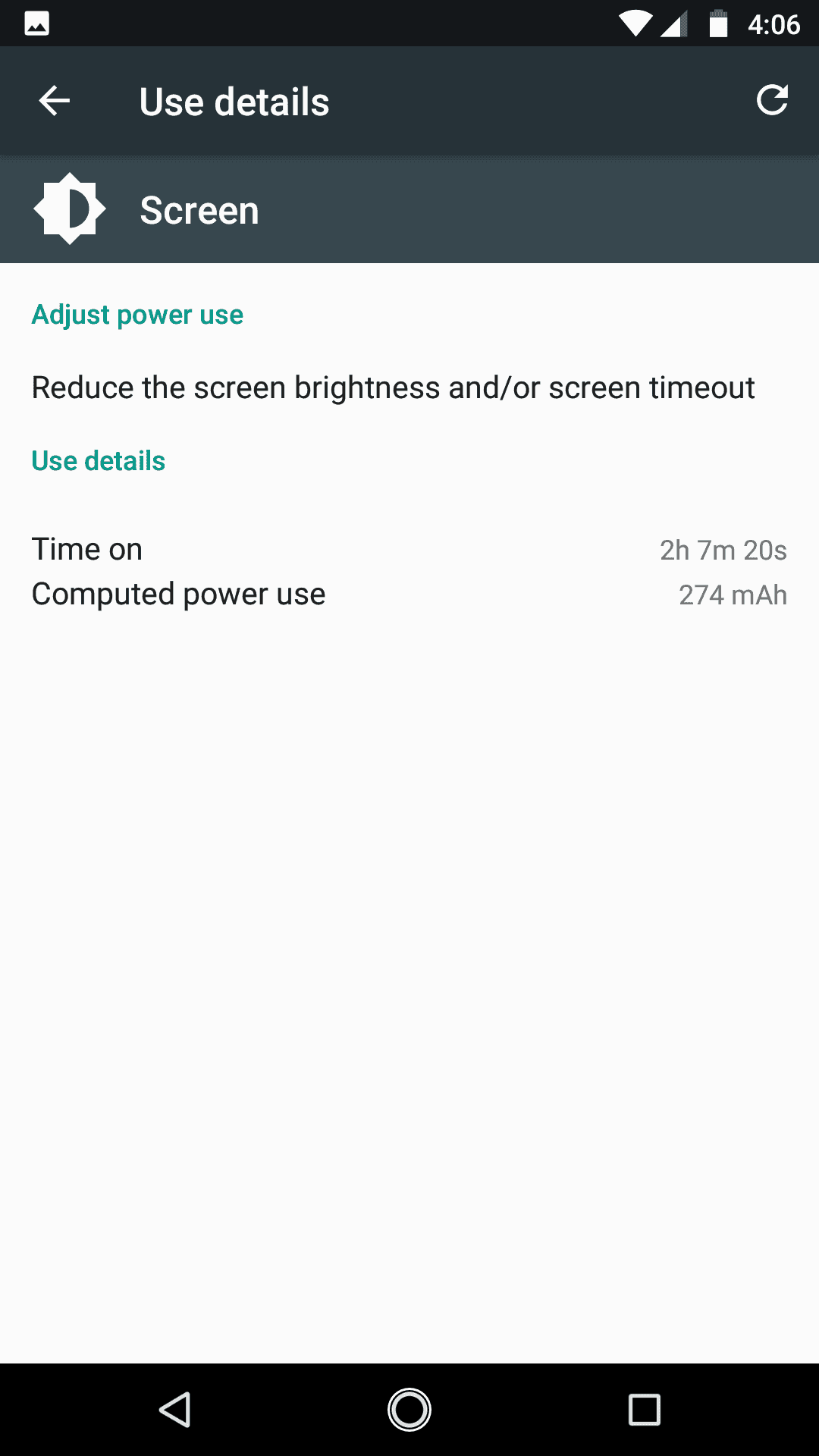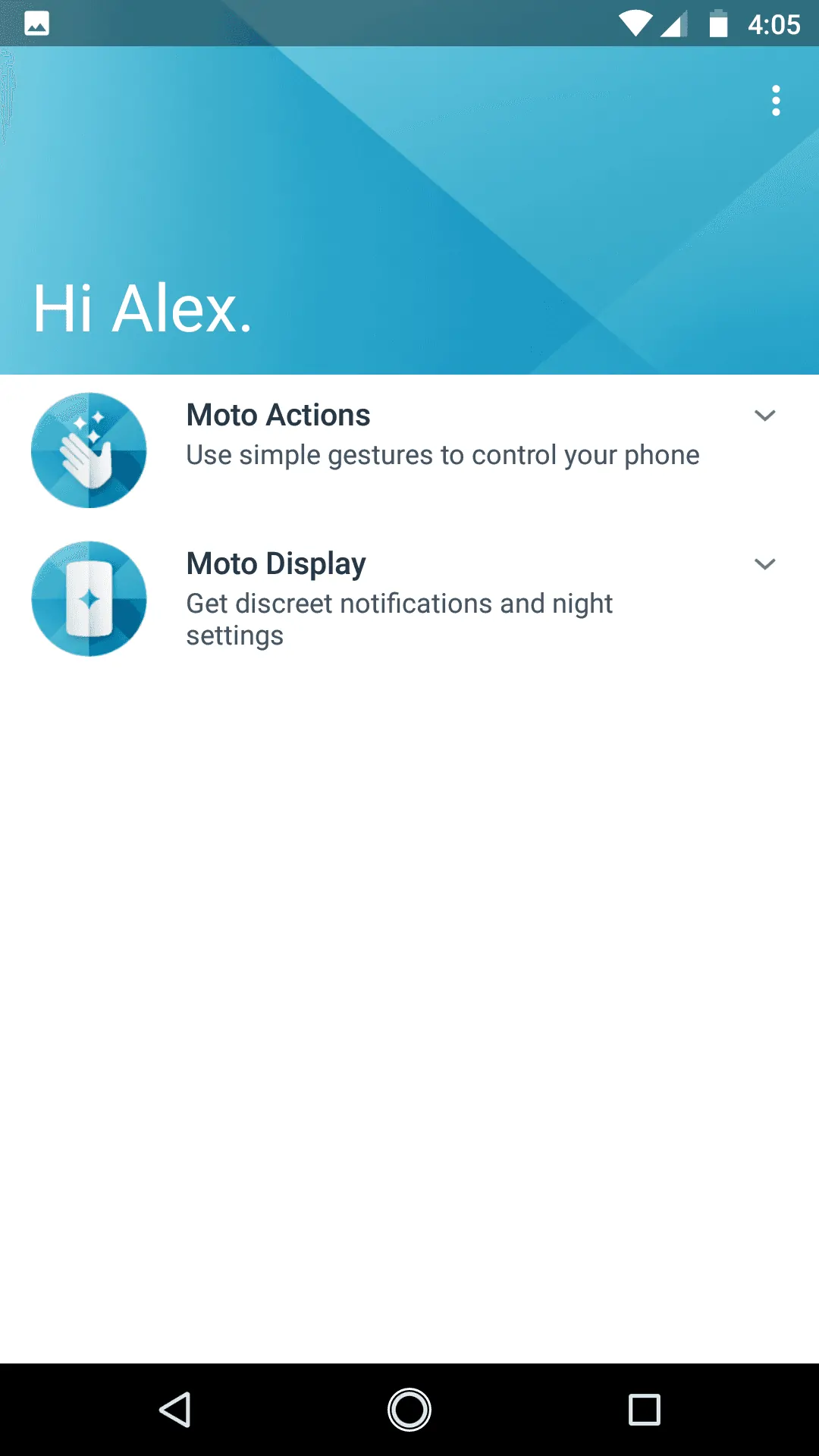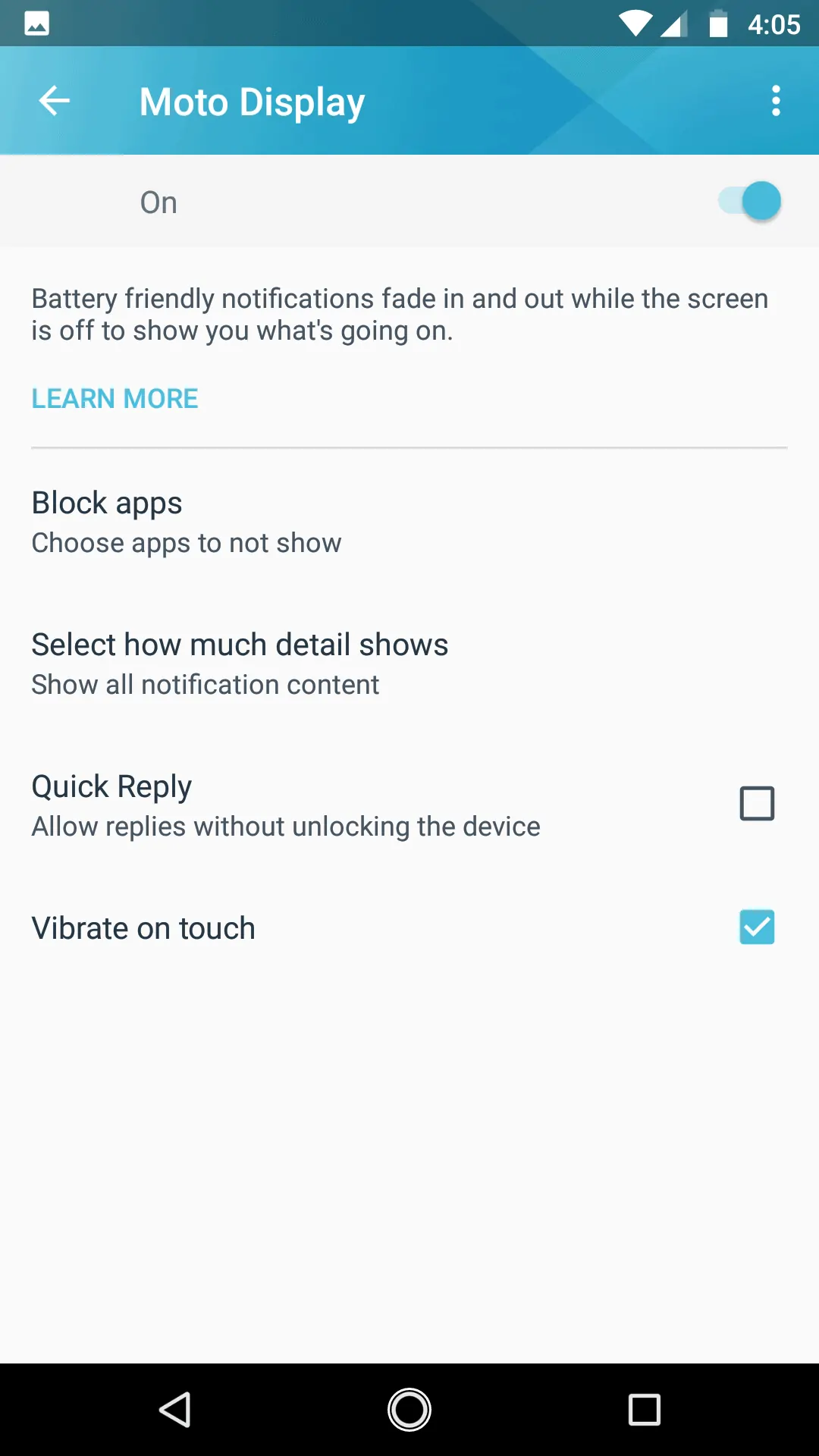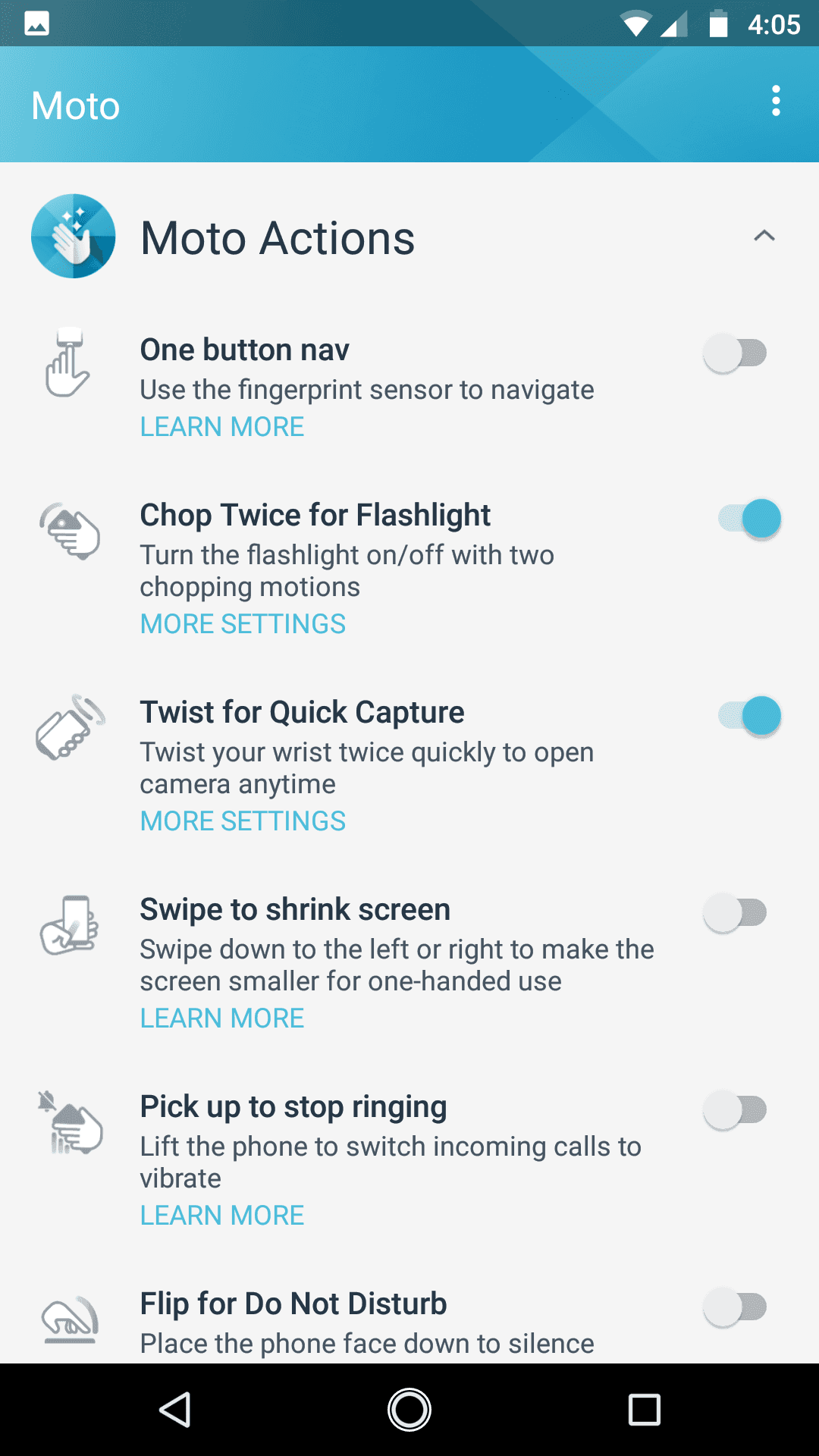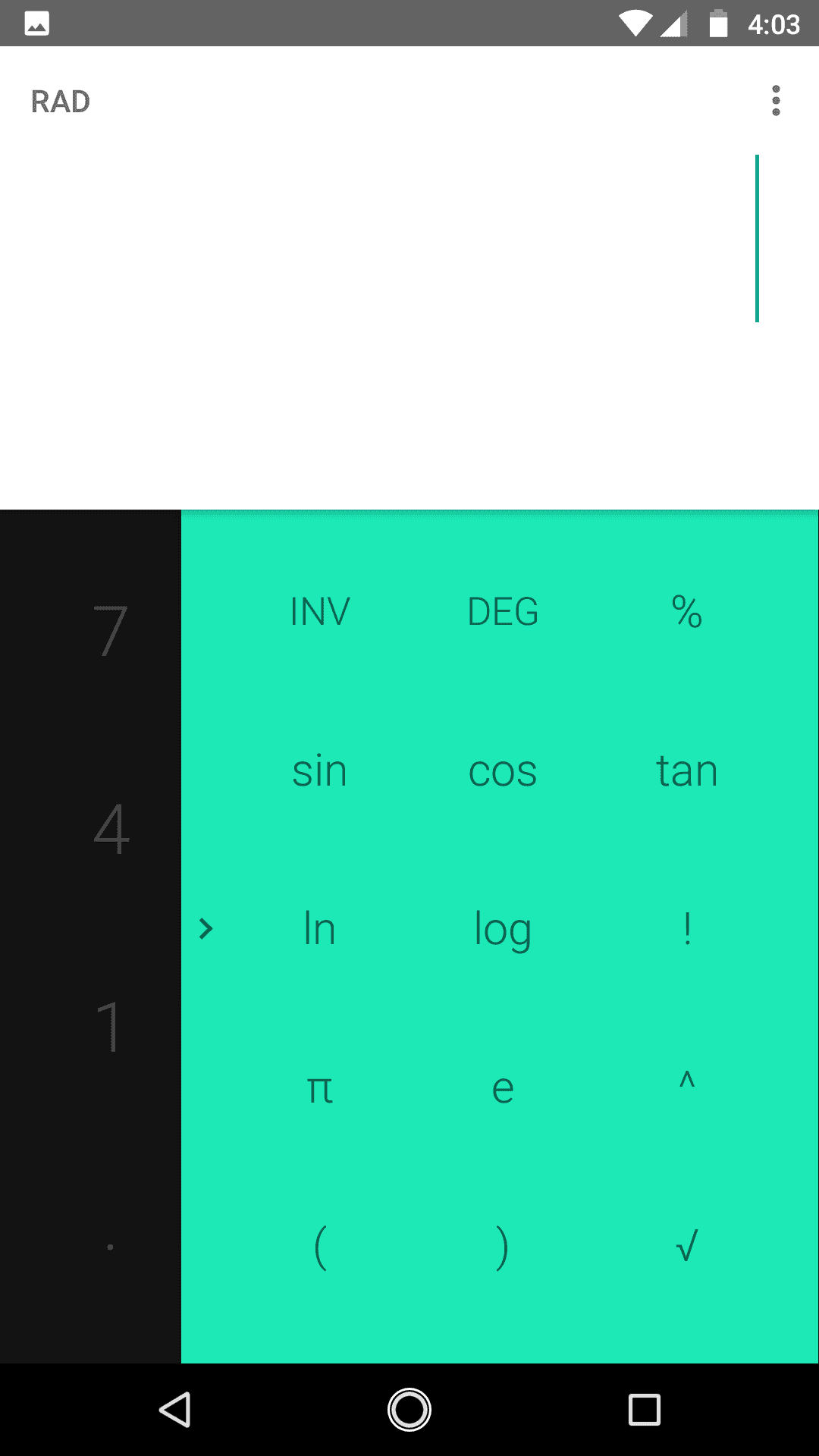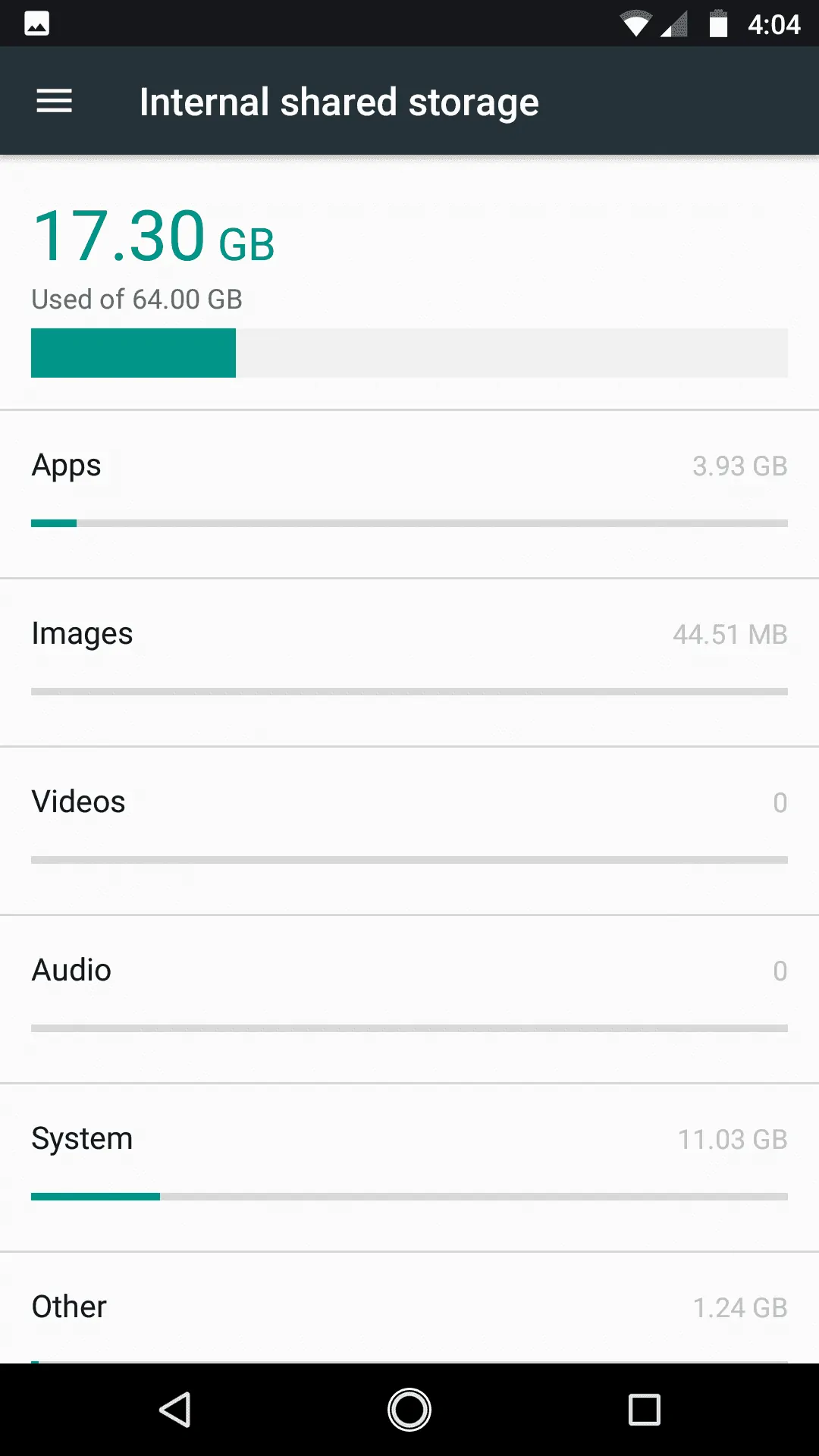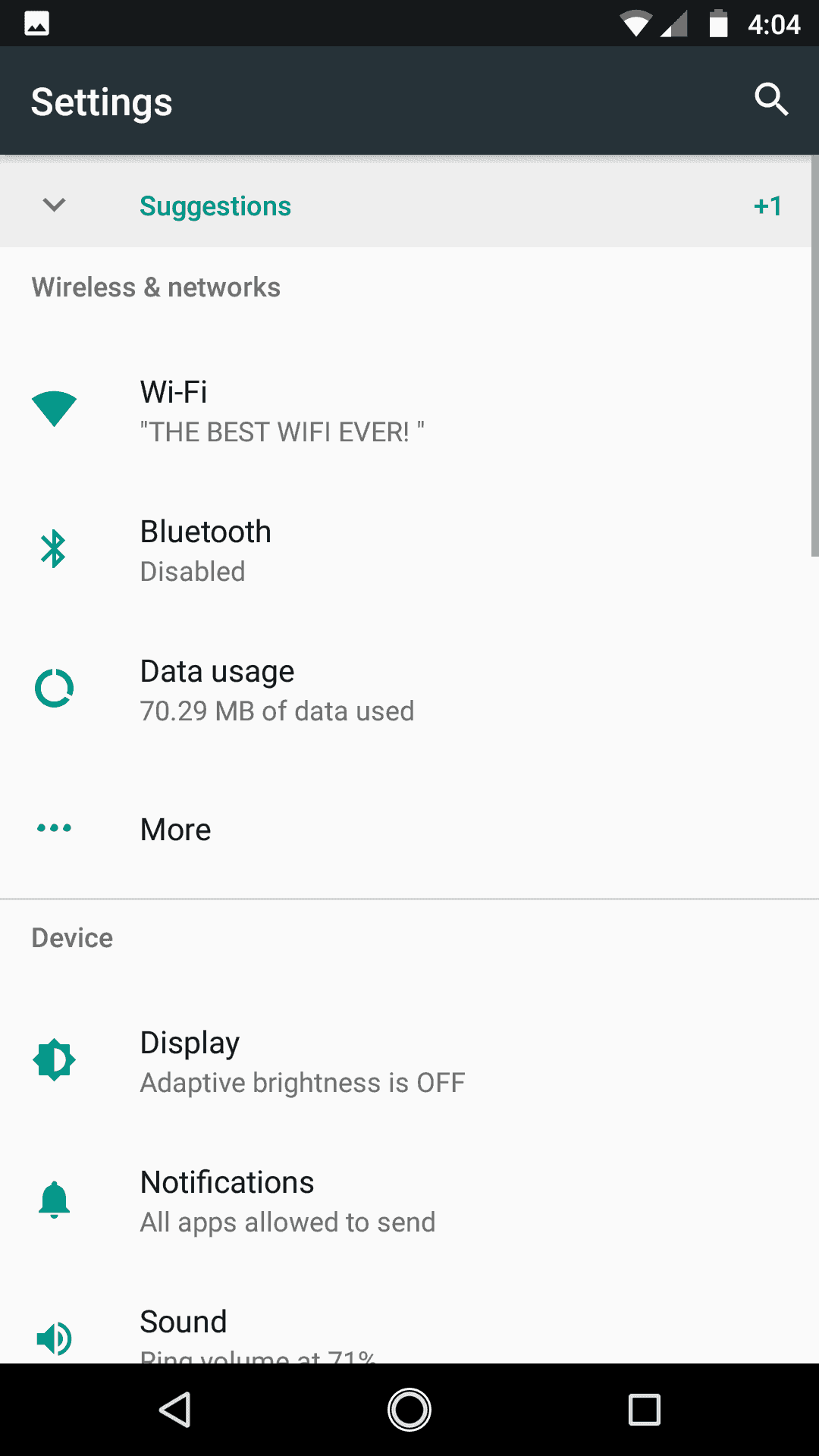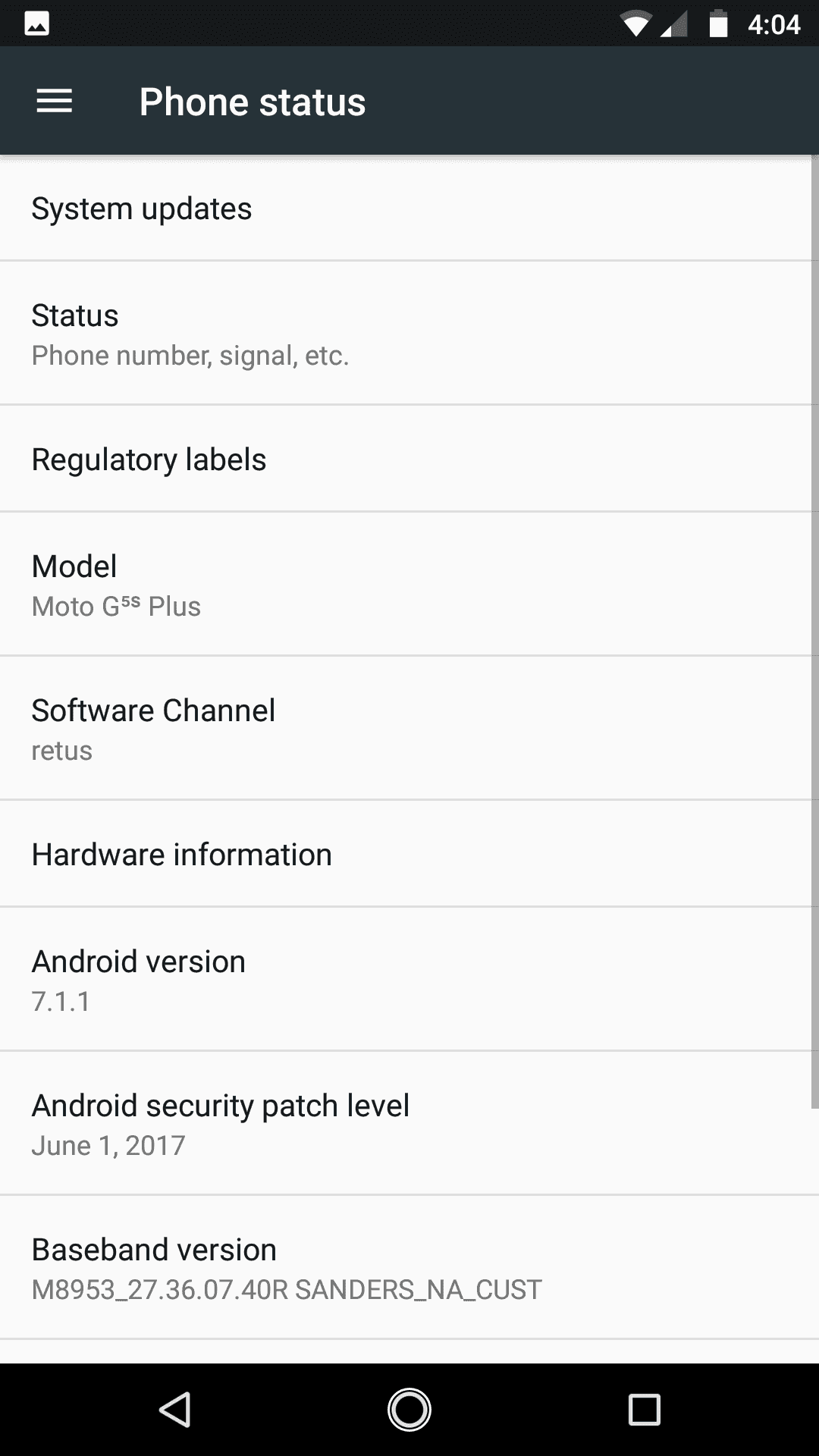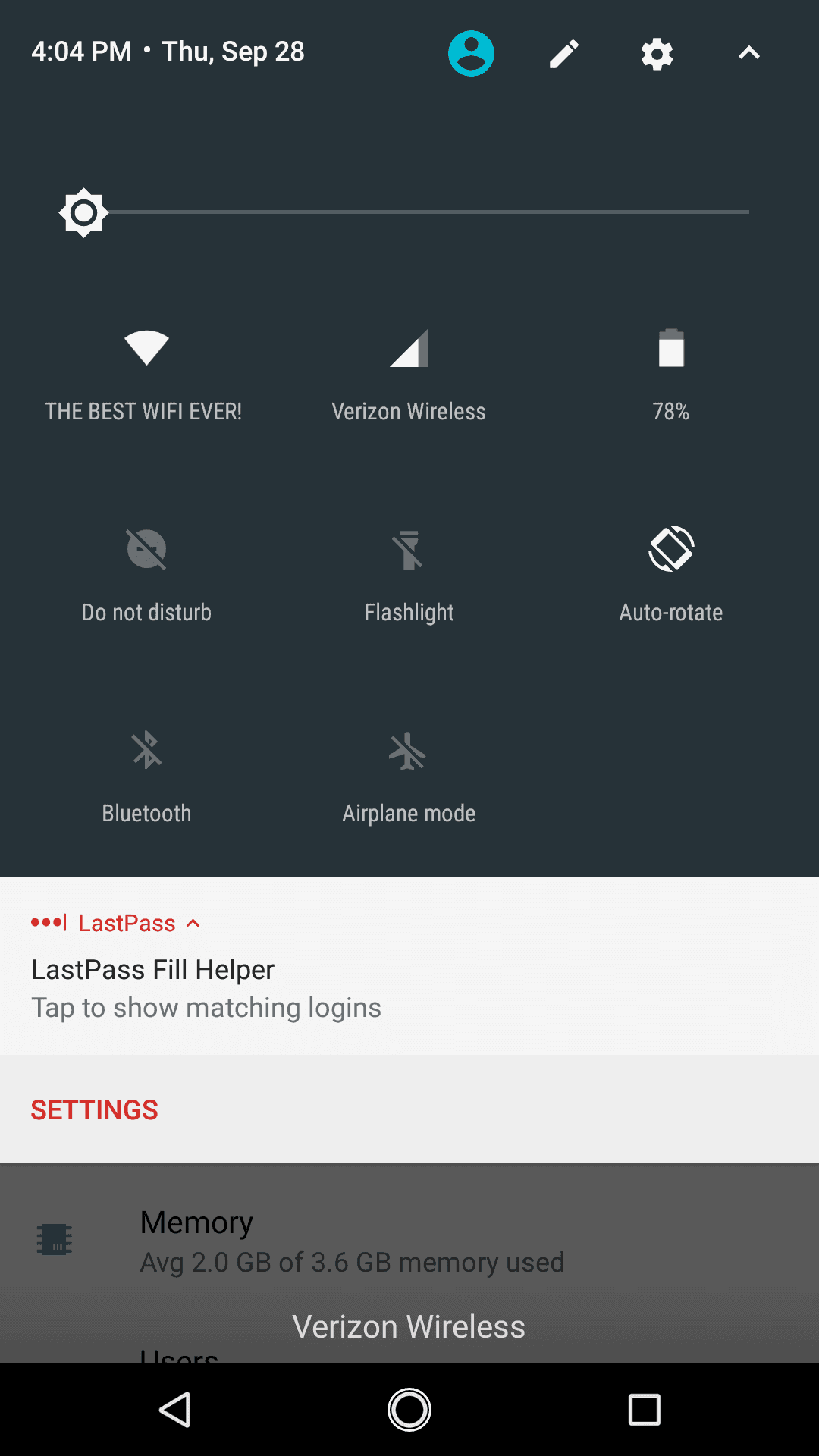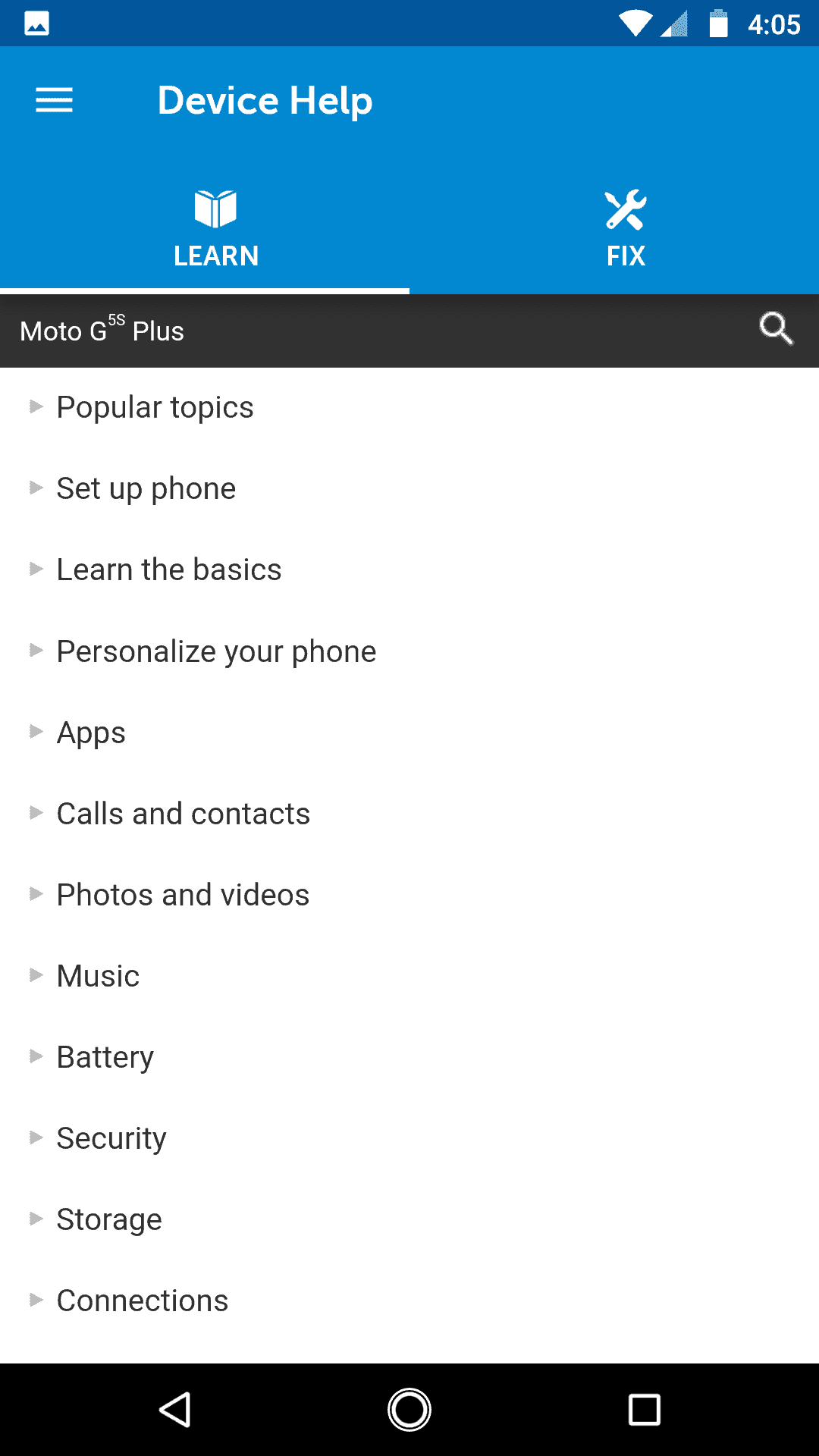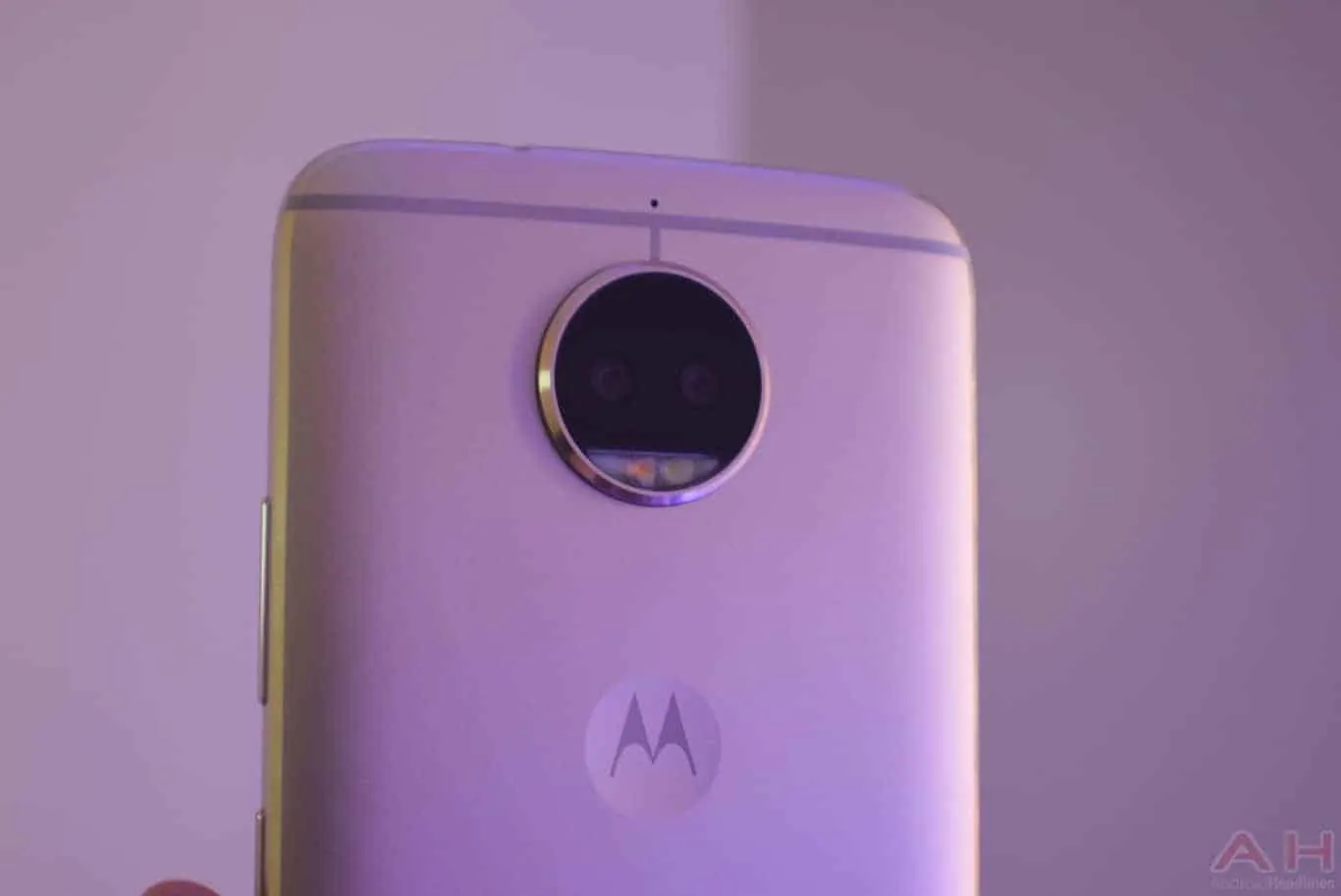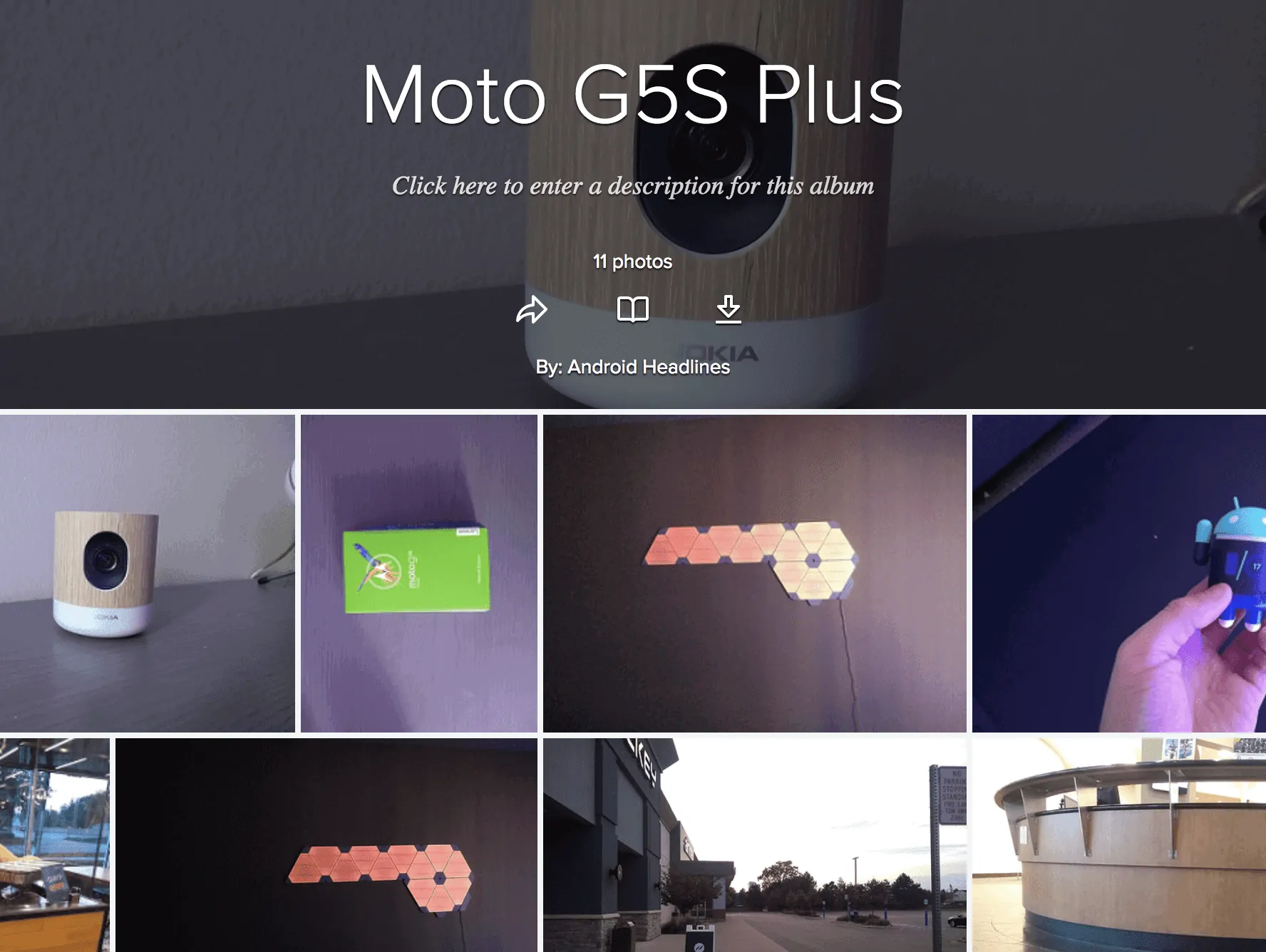Motorola once again owns the under-$300 category, this time with the Moto G5S Plus.
Motorola’s Moto G series of smartphones have become the manufacturer’s most popular series of phones ever. Even surpassing the RAZR back in the era of flip phones. That’s pretty impressive, but that was also while Google owned Motorola. Once Lenovo took over, the Moto G series changed a bit. It’s hard to say whether it changed for the good or the bad, but under Lenovo, Motorola has taken the Moto G from one smartphone, to a whole line of smartphones. With three last year and now four in 2017. The latest in the Moto G series is the Moto G5S Plus, which is priced at $229 for the cheaper model and $299 for the more high-end model. Making it the most expensive Moto G smartphone ever, but the question here is, is it worth the extra cash? Let’s find out.
Specs
On the surface, the specs of the Moto G5S Plus look very similar to the Moto G5 Plus, but there are a few key differences such as the processor, display and camera. Here on the Moto G5S Plus, there is a 5.5-inch 1920 x 1080 resolution IPS display, that gives us a pixel density of 401 pixels per inch. With dimensions of 153.5 x 76.2 x 8mm, that’s about 71.3% of the front being taken up by the display. Running the show, there is the Qualcomm Snapdragon 625 processor which is an octa-core chipset clocked at 2.0GHz. There is also either 3GB of RAM and 32GB of storage or 4GB of RAM and 64GB of storage (these are priced at $229 and $299 respectively), and there is a micro SD card slot for expanding storage – which does also support Adoptable Storage. There is also a 3000mAh battery that is non-removable inside, and it is running on Android 7.1 Nougat.
The cameras on the Moto G5S Plus are dual 13-megapixel rear-facing cameras. These both feature apertures of f/2.0, and do have dual LED flash. There is autofocus, but it’s not laser autofocus, so it is a bit slower than what you’d get on the Moto Z2 Force. The front-facing camera is a 8-megapixel sensor with a f/2.0 aperture. As far as connectivity goes, there’s WiFi 802.11 a/b/g/n dual-band available, as well as WiFi Direct, Bluetooth 4.2 and for location tracking there is A-GPS and GLONASS available. There is no NFC included here, but there is a 3.5mm headphone jack, and a micro USB port for charging.
In the Box
For a smartphone that is under $300, you don’t typically expect a whole lot in the box, and that’s the case with the Moto G5S Plus. You get the phone right on top, then below that you’ll find a USB-A to micro USB cable, and a wall adapter. The wall adapter is not a TurboPower adapter, like you’d find in some of Motorola’s other smartphone boxes, and this was likely to save on costs a bit. Which means you can’t take advantage of Qualcomm’s Quick Charge 3.0 speed using the included charger.
Hardware
While the Moto G5S Plus does look a whole lot like the Moto G5 Plus, it does not feel like it, in the hand. The Moto G5S Plus actually feels much better in the hand than the Moto G5 Plus. The original Moto G5 Plus felt like it had a bit of plastic around the device, even though it was supposedly a metal smartphone. Meanwhile the Moto G5S Plus feels like it is completely metal, and feels really solid in the hand. The backside is slightly curved, enough to feel good in the hand, but enough to wobble on a table when typing on the phone. The Motorola dimple is also present on the back side. It’s not as deep as something like the Moto X 2014 which felt and looked like a crater, but it is definitely there for those that loved the dimple. And, unfortunately we do have that camera bump. Still odd to see it on something like the Moto G5S Plus, since it doesn’t use the Moto Mods – and the camera bump helps keep those in place. But it’s there nonetheless.
The bottom of the Moto G5S Plus is where you’ll find the micro USB port in the center with the speaker on the right side and a microphone on the left side. Interestingly enough, Motorola didn’t make the left side look like a speaker as well, like most smartphone makers do these days, to achieve symmetry. Now the top is where that 3.5mm headphone jack has been placed. Leaving Motorola as one of the only manufacturers to still place the headphone jack at the top of the phone. The right side is where the volume rocker, power button and SIM/micro SD card tray are located.
There are antenna lines on the back of the Moto G5S Plus, but they are pretty muted, compared to what we’ve seen with other devices. At this point, you likely won’t even notice them, since so many other smartphones have had these antenna lines already. The Blush Gold color that we have here, actually looks a tad pink in the right lighting, making for a rather interesting color choice for Motorola. It is also offering up the Moto G5S Plus in Lunar Gray, for those that want the usual black or gray color option.
Display
It’s a 5.5-inch Full HD or 1080p display here on the Moto G5S Plus, which is pretty much standard on most mid-range smartphones these days. Motorola has gone with a IPS panel here which is fine, there’s nothing really wrong with the panel, but we would have preferred seeing an AMOLED panel on the Moto G5S Plus. Seeing as an AMOLED panel would offer up deeper blacks as well as more vivid colors.
The Moto G5S Plus display does get plenty bright, although it does lag behind some of Samsung’s newer devices that are very visible outside in direct sunlight. You are able to see the Moto G5S Plus display outside, but it’s not as clear as something like the Galaxy Note 8. Now the display does also get pretty dim, which is great for those that are using the device at night in the dark. Auto brightness also seems to be on par with what you’d expect on the Moto G5S Plus. In fact, we left it on auto brightness through the entire review period and it worked out great.
Performance
Inside the Moto G5S Plus is the Snapdragon 625, which is a processor found in a slew of devices at this price range. The Snapdragon 625 is well known for its battery saving technology and still offering some pretty fast processing speeds. And that is the case here with the Moto G5S Plus, which is paired with 4GB of RAM. Throughout the review period, we had virtually no issues with the Moto G5S Plus slowing down or lagging at all. Of course, a big part of that is due to the lightweight software on the Moto G5S Plus, so it’s not too surprising.
Now Motorola offers the Moto G5S Plus with either 3GB or 4GB of RAM, we have the 4GB model here so it’s hard to comment on the lower end model. But 3GB of RAM should be fine for most people. The 4GB of RAM model here has worked great for us, with very little problems. We haven’t run out of RAM here and needed the apps to redraw themselves or anything like that.
Fingerprint Sensor
Like with all of Motorola’s recent smartphones, the fingerprint sensor is located on the front of the device and can double as a home button. The fingerprint sensor here seems to work just fine, it’s accurate and fast. And that seems to be the case with most fingerprint sensors in 2017. Now Motorola doesn’t use the usual shortcuts on the sensor, like swiping down for notifications. Instead, there is the option to use the fingerprint sensor as your home button, recents and back buttons. That way you can save space on the screen by removing the on-screen buttons. So you can swipe left to right to go back, and right to left for recents. Of course, you can also switch these if you like. Otherwise, the fingerprint sensor is pretty much on par with what you’d expect on a smartphone in 2017.
Phone Calls & Network
The Moto G5S Plus is available in the US (and other countries) unlocked. Now in the US, it actually works with all four carriers, something that Motorola has been doing quite a bit lately. So that means it supports CDMA and GSM networks. Now we did test the Moto G5S Plus out on both Verizon and T-Mobile here in the US, and experienced the same speeds you would on a Verizon-branded or T-Mobile branded smartphone. Which means it worked perfectly fine. For those wondering what bands it supports, they are listed below:
GSM 850, 900, 1800, 1900
CDMA2000 1xEV-DO
HSDPA 850, 900, 1700, 1900, 2100
LTE band 1, 2, 3, 4, 5, 7, 8, 12, 13, 17, 25, 26, 38, 41, 66
Now when it comes to phone calls, there’s nothing to be worried about with the Moto G5S Plus. We didn’t experience any call drops, and the earpiece is nice and loud. There also wasn’t any type of crackling in the earpiece, like a certain other smartphone has right now.
Benchmarks
On the Moto G5S Plus, we ran both AnTuTu and Geekbench 4. Unfortunately, 3D Mark wasn’t able to run on the Moto G5S Plus, so we weren’t able to use that to test out the device. But on AnTuTu, it scored 61,506, which is about where it should be, given the hardware it has inside. Over on Geekbench 4, it picked up a single-core score of 840 and a multi-core score of 4193. You can see the full test results in the gallery below.
Battery Life
When it comes to battery life, we were expecting similar results to what the Moto G5 Plus sported, which was pretty decent. Now the Moto G5S Plus does have a slightly larger display, but battery life was pretty much the same as the Moto G5 Plus, which is good. However we did notice a few issues with battery life. For instance, one day (which is shown in the gallery below), Bluetooth ate up a ton of battery and used about 23% of the battery. Which was odd since there was nothing connected over Bluetooth and I even turned it off after a while. And it still used a ton of power. However the next day, and the days following, it never even appeared in the battery stats. So that’s a good thing. However, we also noticed overnight that standby time was not that great. The Moto G5S Plus did lose around 50% of its battery in 12 hours of standby. Now there were a lot of emails and other notifications coming in over night, but that still seems like a huge drain overnight.
The Moto G5S Plus battery can likely last you around 6-7 hours of screen on time, and that all depends on what you are doing with the smartphone. During our usage, we were watching plenty of YouTube videos, checking in on Twitter, Instagram and of course checking emails. And were able to hit three hours on screen before the 50% mark, quite a few times. The only issue appears to be long periods of inactivity, as we mentioned above.
However, the Moto G5S Plus does support Quick Charge 3.0. Now unfortunately, Motorola did not include a Quick Charge 3.0-compatible (or as Motorola has branded it, TurboPower) charger in the box. So you’ll need to pick one up if you want some fast charging speeds. The Moto G5S Plus is able to go from completely empty to 100% in a little under 90 minutes, using a Quick Charge 3.0 charger. And it can get from 0 to 80% in about 35 minutes, which is standard for Quick Charge 3.0.
Software
On the Moto G5S Plus during the review period, we had Android 7.1.1 Nougat on board, with the June 1st, 2017 security patch. Now that may seem like it’s a bit old, and that’s because it is. But it is also important to remember that Motorola does not push out a security update every single month. Instead, Motorola rolls them out every few months, with all of the previous fixes included. This is so that users aren’t getting that many updates on their devices – as that can become a hassle. The Moto G5S Plus will be getting Android 8.0 Oreo, but there’s no estimated time of arrival yet for that update.
There’s not much different here with Android Nougat on the Moto G5S Plus, it’s essentially the same as other Motorola devices. Which means it’s a fairly stock experience, with a few additions included, thanks to the Moto application. This is something that Motorola has been doing for quite a few years now on all of its smartphones. By going with a lightweight approach to software, Motorola doesn’t bog the user down with a bunch of apps the user doesn’t want, and it also makes it easier to push out software updates faster.
Now the Moto App doesn’t give you all of the features of what you’d find on the Moto Z2 Play or Moto Z2 Force, instead you get just Moto Actions and Moto Display. So with Moto actions, you get a number of gestures that you can turn on or off individually. Like the one button navigation, chop twice for flashlight, twist for the camera and many others. Of course the twisting for opening the camera and chopping twice for the flashlight are some of the most popular gestures. Then there is also Moto Display, this has evolved over the years, but it still offers basically the same experience. Moto Display will “breathe” to show you your notifications, so you can see what’s happening without turning on the display. It also has a ring around the time, which indicates where the battery is at. Now the apps that show notifications can be adjusted in the Moto app. So for instance if you get a lot of emails, you can opt to keep that off of Moto Display. There is also a night mode now, so that Moto Display will stay off during the night, which the user can adjust those hours as well.
So the Moto G5S Plus software is not jampacked with features that you may or may not use. Instead Motorola has gone with just a handful of things that it thinks you’ll find handy. There is also no pre-installed apps here, other than the Google apps that have to be pre-installed. Making this a stock Android fan’s dream, especially for something under $300.
Camera
Arguably the biggest difference, and perhaps upgrade, for the Moto G5S Plus over the Moto G5 Plus, is the camera. Motorola upgraded the single camera on the Moto G5 Plus to a set of dual 13-megapixel cameras on the Moto G5S Plus. Both of these cameras sport an aperture of f/2.0 as well. Now that isn’t the best aperture out there (the lower, the better), considering you have many flagships with a f/1.9 aperture or the LG V30 with something as low as f/1.6. But it is low enough and it does provide some pretty great pictures.
Now with this second camera, it allows Motorola to add a Bokeh mode to its camera app. It’s called “Depth Enabled” on this camera, and to be honest, it’s a bit slow. So you’ll need to go to the Depth Enabled mode, and then tap on a subject to take the photo. And you need to hold the phone still so it can take the photo. It takes about a good 5-10 seconds to take the photo then another 10 seconds or so to save the photo. So it is slow, but this will likely improve as Motorola uses dual cameras a bit more. This is basically a first-generation product for Motorola, so to speak.
When it comes to regular photos that don’t use Bokeh, the Moto G5S Plus camera was actually pretty decent. Colors were vibrant, although a tad warm compared to the Galaxy Note 8. Now that is because the Galaxy Note 8 does tend to saturate its photos a bit more. So the Moto G5S Plus photos actually look a bit more natural. We did notice that there are some areas in photos where the Moto G5S Plus is not as sharp as it could be. It’s tad washed out. For most people, that’s not going to be an issue, if you are simply sharing on Instagram or Twitter – not to mention there are a ton of photo editing apps out there you can use to adjust these pictures. Finally, there is a professional mode available on this camera. Allowing you to adjust virtually everything, including the shutter speed, which is something we haven’t seen on every smartphone, so it’s good to see that included here. Adjusting things in professional mode doesn’t change in realtime, and that’s something we’re noticing in a lot of smartphone cameras these days. But keep that in mind if you do want to play around with the shutter speed, ISO, exposure, etc. You can see all of the pictures we took with the Moto G5S Plus in the gallery below.
The Good
Headphone Jack
Display
Camera
Build quality
The Bad
No NFC
Micro USB port
Camera depth mode is a bit slow
Large bezels
Wrap Up
The Moto G5S Plus is a bit of an interesting smartphone. It’s a “special edition” of the Moto G5 Plus that was released earlier this year, but it isn’t much different. The biggest difference here is arguably the dual camera setup. And it’s not as incredible as what you would see on other devices from LG, Samsung, or Huawei. The second camera was added for depth, and it is actually quite slow at doing that. So it almost makes you wonder why the Moto G5S Plus exists, perhaps for those that wanted a slightly larger display?
Should you Buy the Moto G5S Plus?
For a smartphone that is under $300, it’s hard to go wrong with the Moto G5S Plus. Besides the camera, one of the things that Motorola upgraded with this “special edition” smartphone is its build quality. The Moto G5 Plus felt rather cheap, but the Moto G5S Plus feels like a more premium device, thanks to it being an aluminum unibody smartphone. So the Moto G5S Plus is a great choice for those that don’t need a ton of features like what the LG V30 provides.
Buy The Moto G5S Plus - B&H Photo Buy The Moto G5S Plus Buy The Moto G5S Plus - Newegg Buy The Moto G5S Plus - Walmart
